Gardens buzz with life, particularly once they host flowers that appeal to bees. These industrious pollinators are drawn to blooms that present wealthy nectar and pollen sources. The dance between flowers and bees is essential, as pollination is crucial for vegetation to provide fruits and seeds, making certain the continuation of assorted plant species.
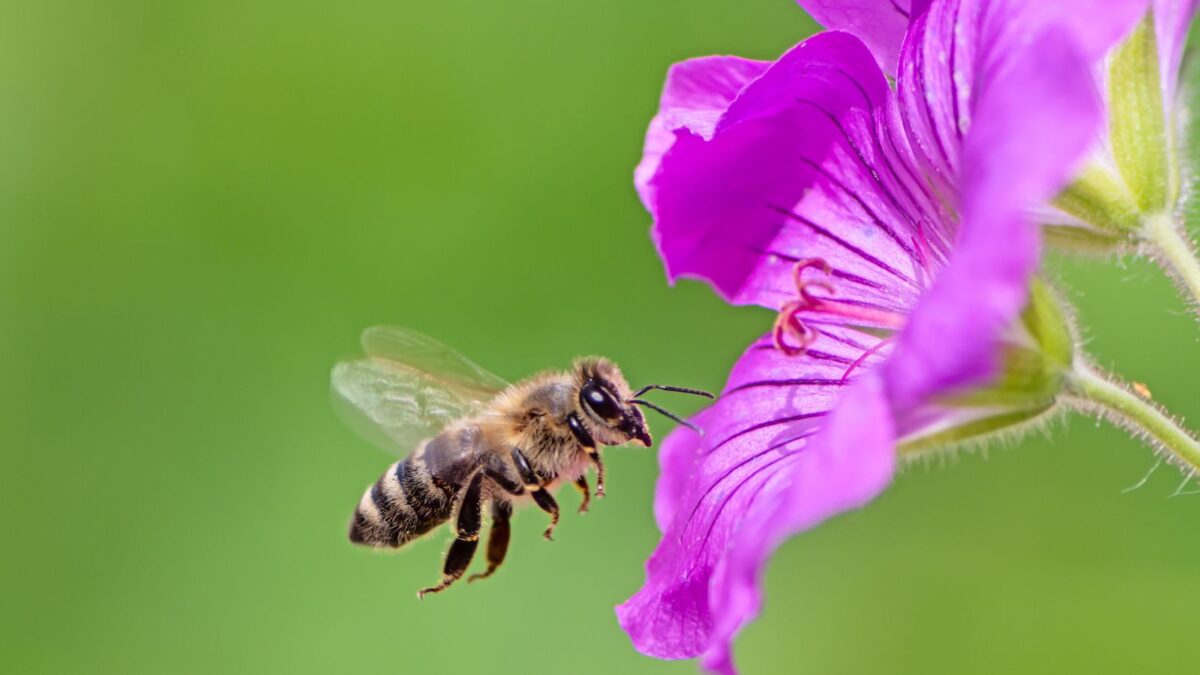
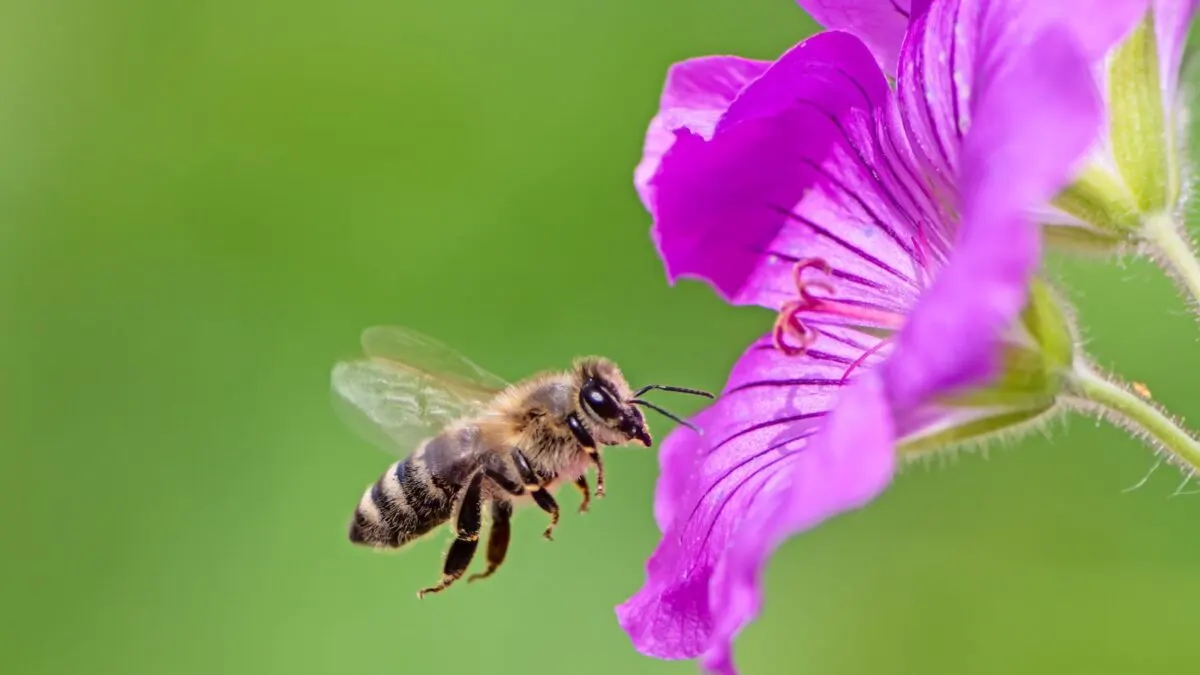
Picture credit score: Depositphotos
Sure flowers are pure magnets for bees; they appeal to by way of vibrant colours, attractive scents, and even ultraviolet patterns that information the bees proper to their supply of nourishment. As bees transfer from flower to flower, they inadvertently switch pollen, aiding within the cross-pollination mandatory for a various and thriving ecosystem.
Selecting the best flowers is important for backyard lovers seeking to create a buzzing haven for these helpful bugs. It’s not merely about aesthetics but in addition about offering a habitat that helps bees’ life cycle and environmental function. In doing so, gardeners can get pleasure from a flourish of exercise and contribute to the well being of the native pollinator inhabitants.
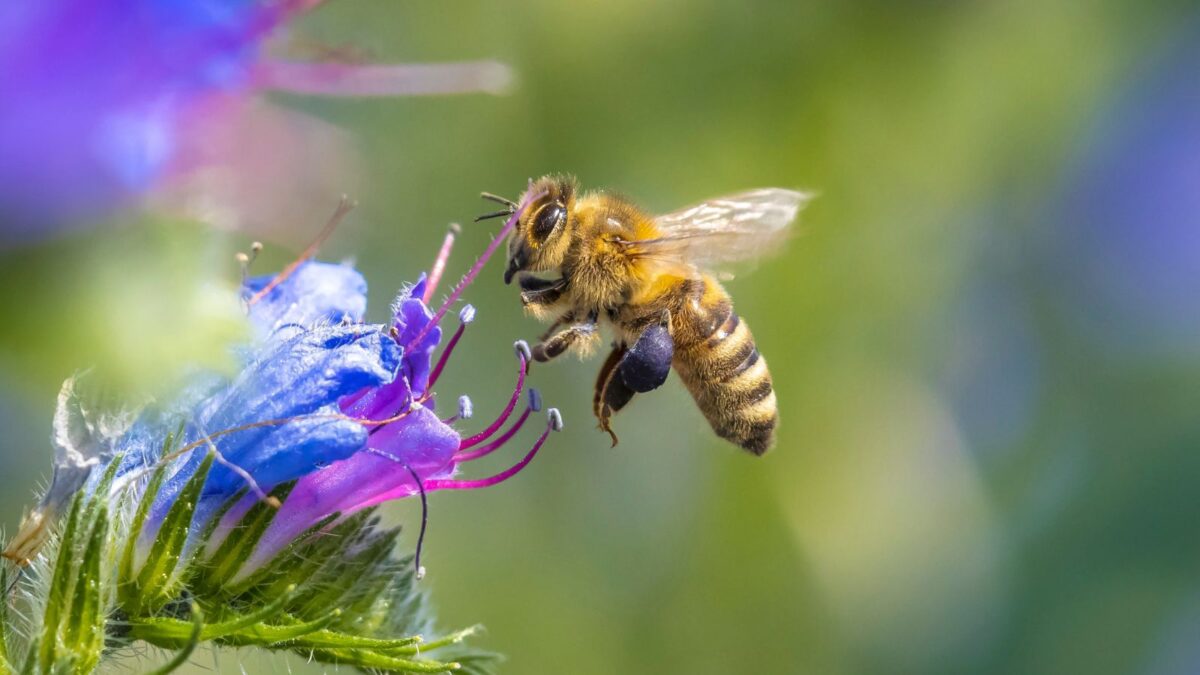
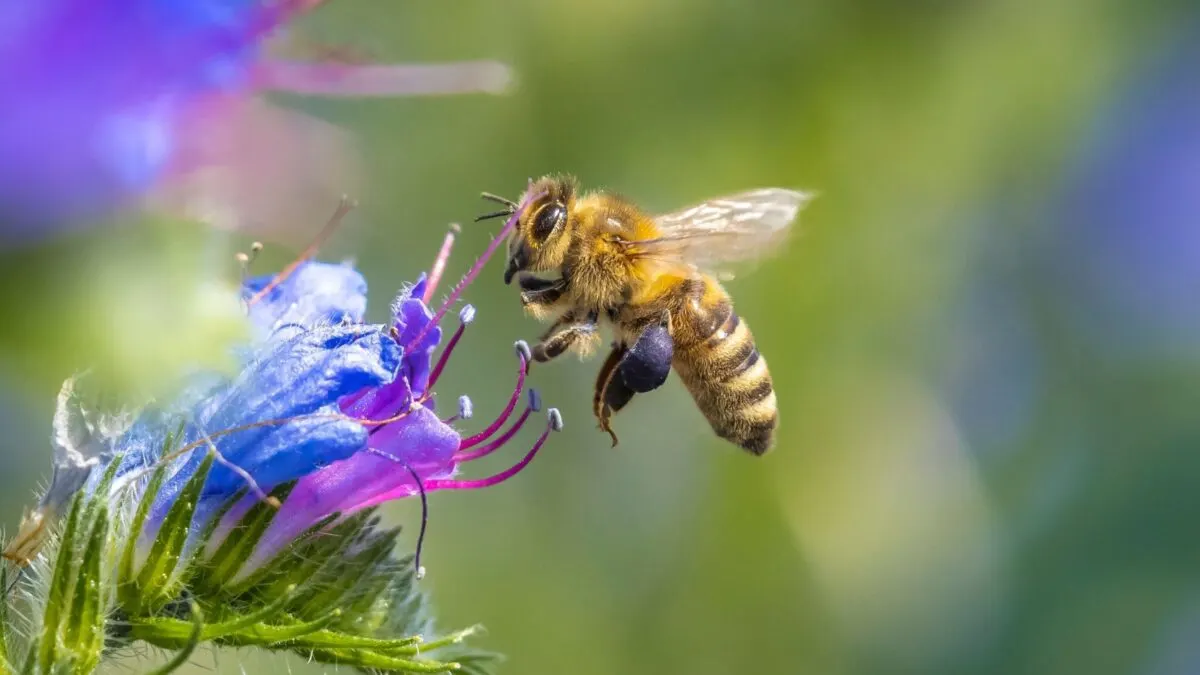
Picture credit score: Depositphotos
Bees are indispensable pollinators, serving the flowering vegetation that compose many pure habitats. They facilitate reproductive success in vegetation, which is essential for plant variety. This pollinating exercise helps the expansion of vegatables and fruits, straight affecting human meals sources and trade.
Local weather change considerably influences bee populations, altering their distribution and the viability of the habitats they depend on. Dangers reminiscent of temperature fluctuations and excessive climate occasions can disrupt bees’ life cycles and flower availability, essential elements of their function as pollinators. Consequently, these adjustments can threaten bees’ pollination companies to vegetation producing vegatables and fruits. Defending bee populations from the hostile results of local weather change is thus essential for sustaining stability in ecosystems and making certain meals safety.
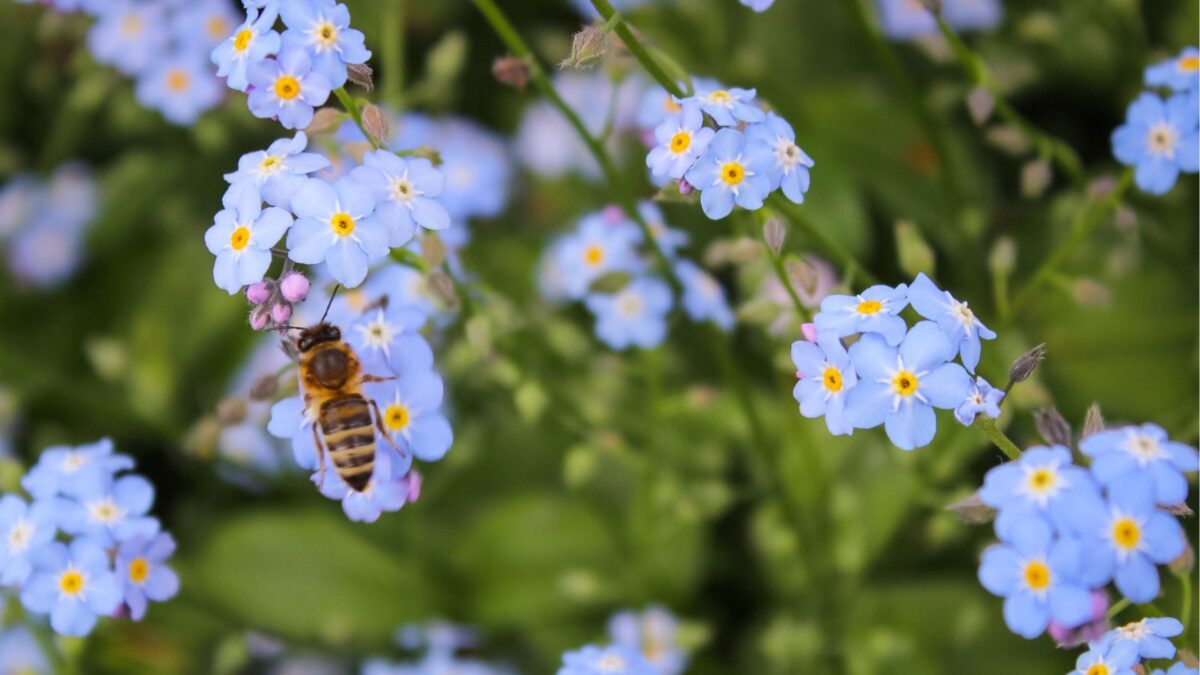
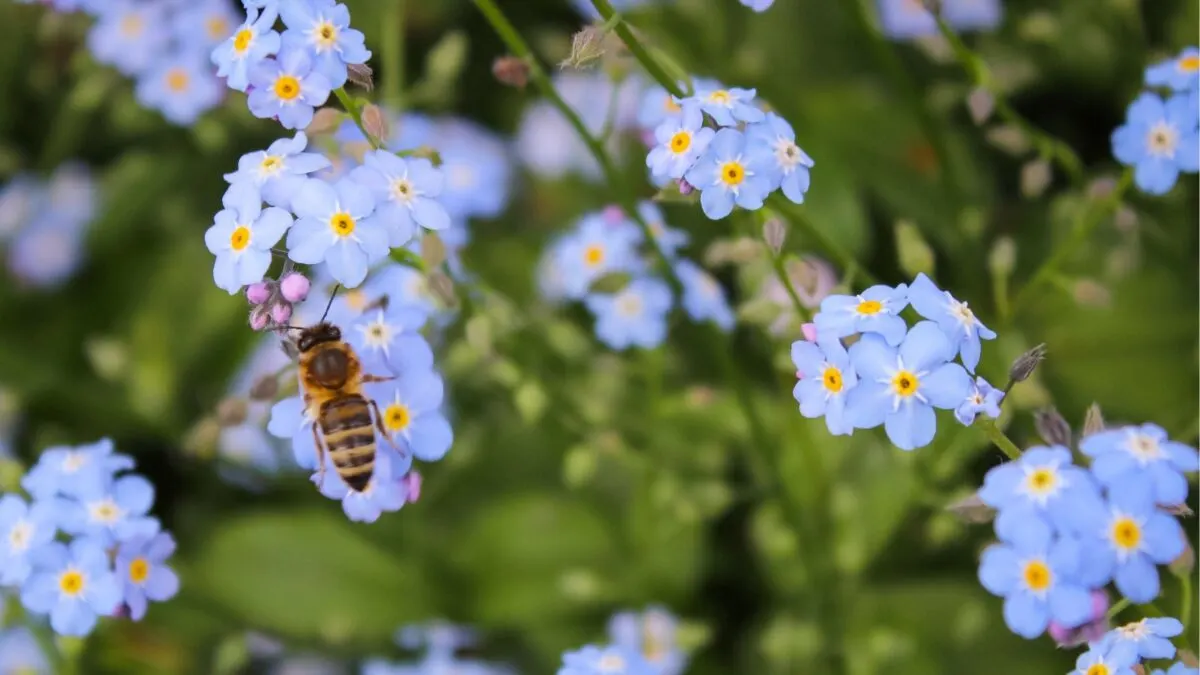
Picture credit score: Depositphotos
Making a bee-friendly backyard requires a considerate collection of flowers that thrive in your space and appeal to the native bee populations. Go for native vegetation and take into account flower colours and shapes when planting flowers to draw bees.
Select vegetation that produce single-type flowers
This kind of blossom has one ring of petals round a middle. Single flowers produce extra nectar for bugs. Their easy blossoms are additionally extra accessible for foraging bees to control.
Choose native vegetation
Native vegetation supply pure benefits in a backyard as they’re tailored to native situations and require much less upkeep. Additionally they are likely to kind symbiotic relationships with native bees, offering them with high-quality pollen and nectar.
Contemplate flower colours & shapes
Blue, purple, violet, white, and yellow flowers are extremely interesting to bees. A mixture of flower shapes can also be useful, as totally different species of bees have various physique sizes and tongue lengths. Tubular-shaped flowers appeal to long-tongued bees, whereas flat or open shapes present simpler entry for short-tongued species.
By understanding the wants of your native USDA zone, deciding on native vegetation, and offering a spread of flower colours and shapes, you possibly can create a vibrant, supportive atmosphere for bees all through the seasons.
Invite ALL bees
Honey bees should not the one bugs that profit from bee-friendly flowers. Many different pollinators get pleasure from a various collection of blooming vegetation. Bumblebees, mason bees, and butterflies will make their solution to your oasis of bee forage. In a world of lowering bee habitats, your planting selections could make a giant distinction.
Making a bee backyard that gives yearly assets is crucial for supporting a wholesome bee inhabitants. It includes selecting vegetation that bloom at totally different instances, making certain there’s all the time one thing for bees to forage.
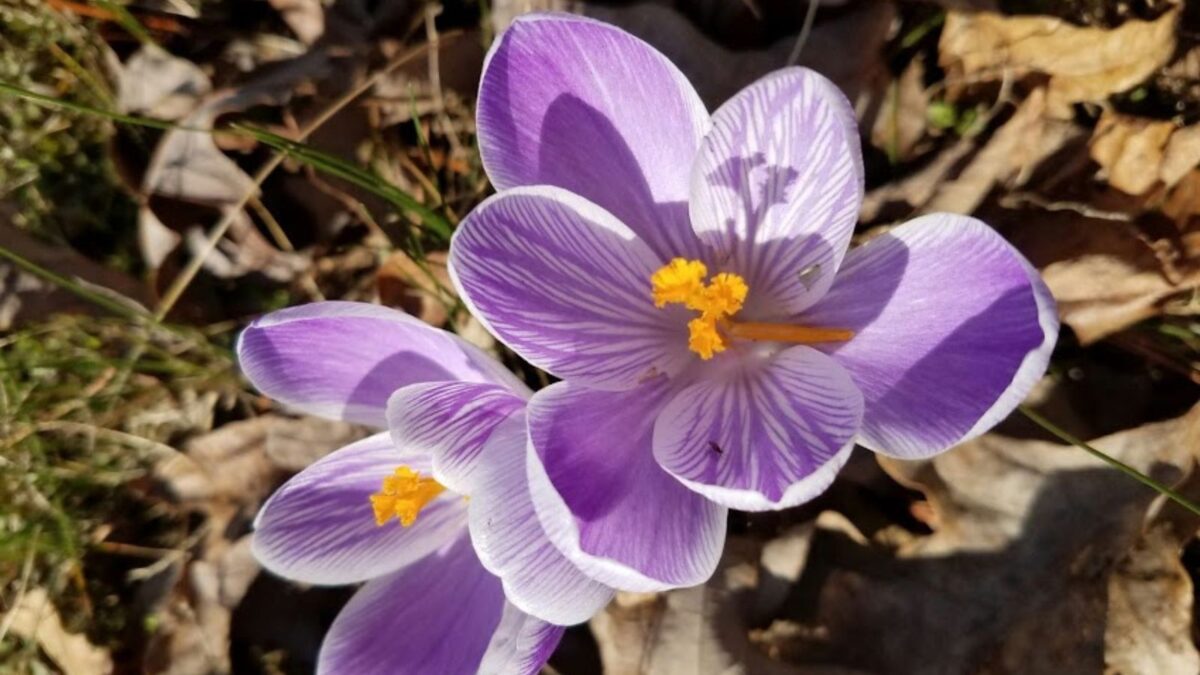
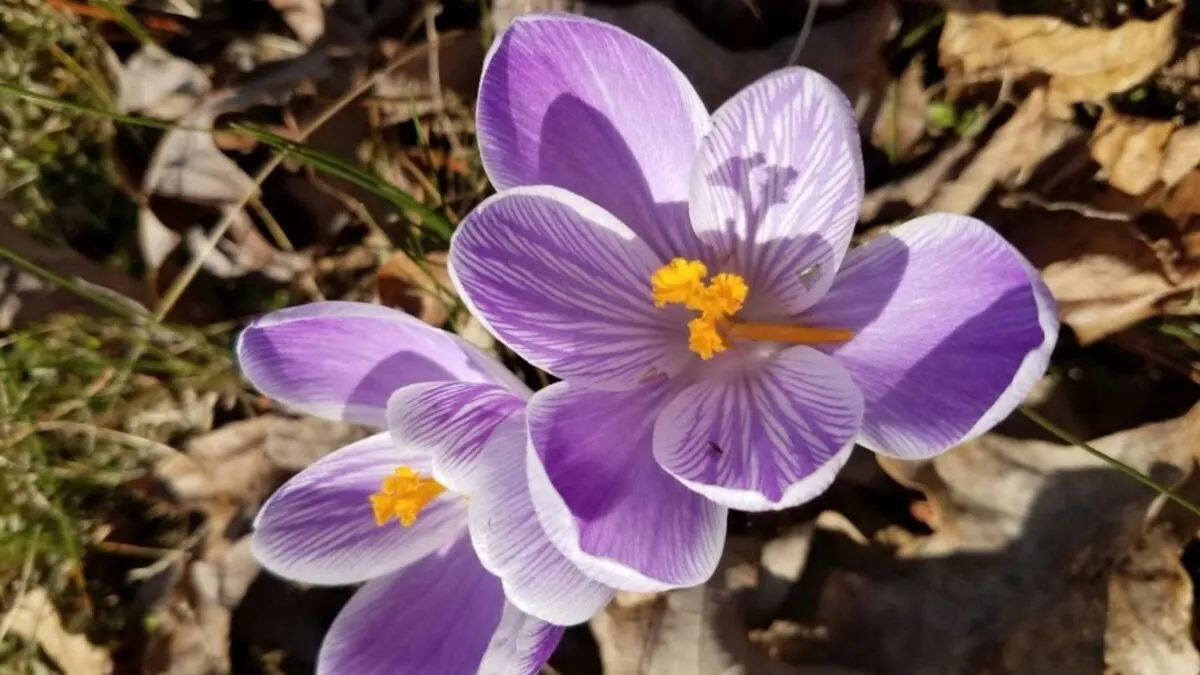
Picture Credit score: Yard Backyard Lover
These are among the many first to bloom, usually in late winter or early spring. They provide a spread of colours and are an indication that spring is coming.

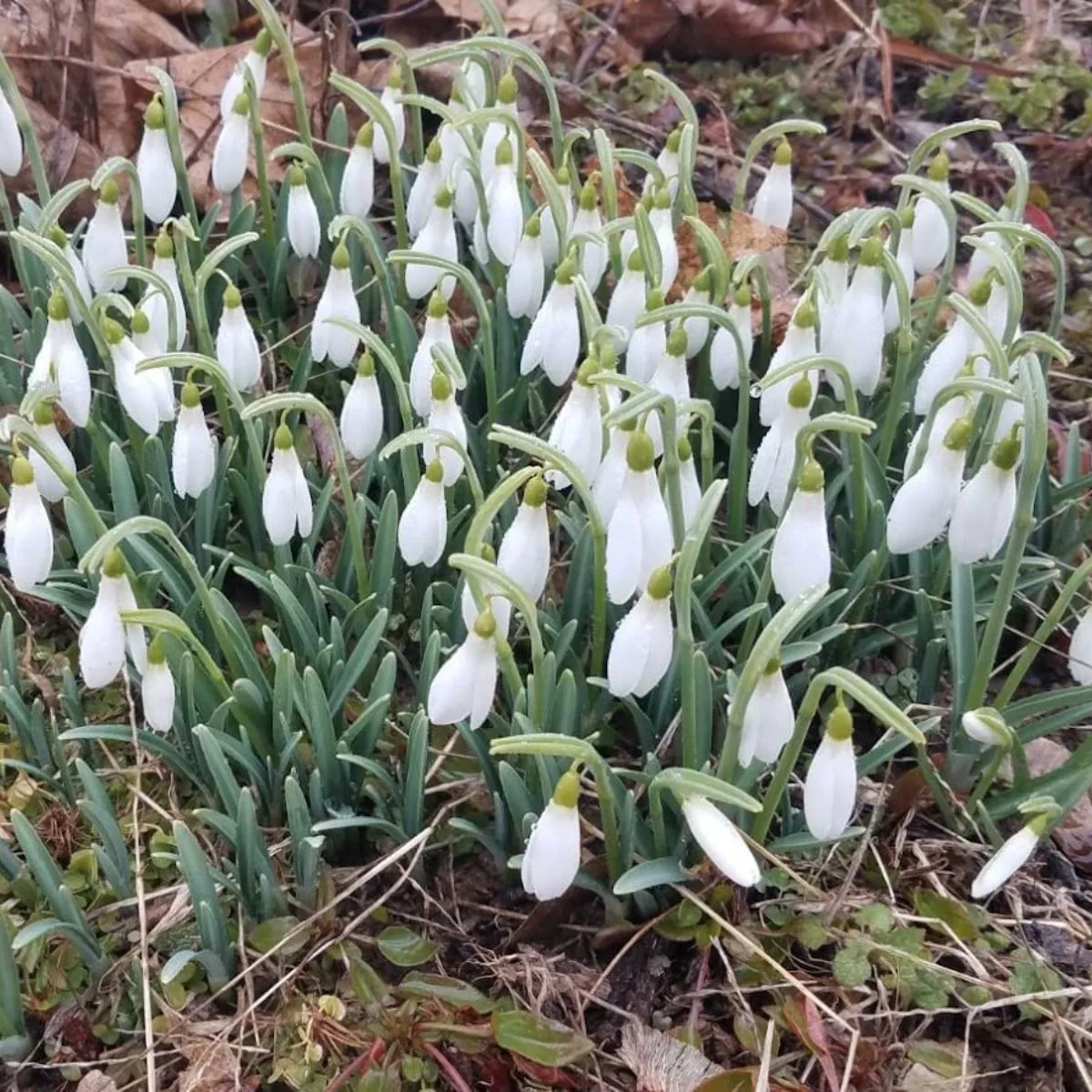
Picture Credit score: Yard Backyard Lover
Dainty and white snowdrops can push by way of frozen floor and supply bees their first meals of the yr.
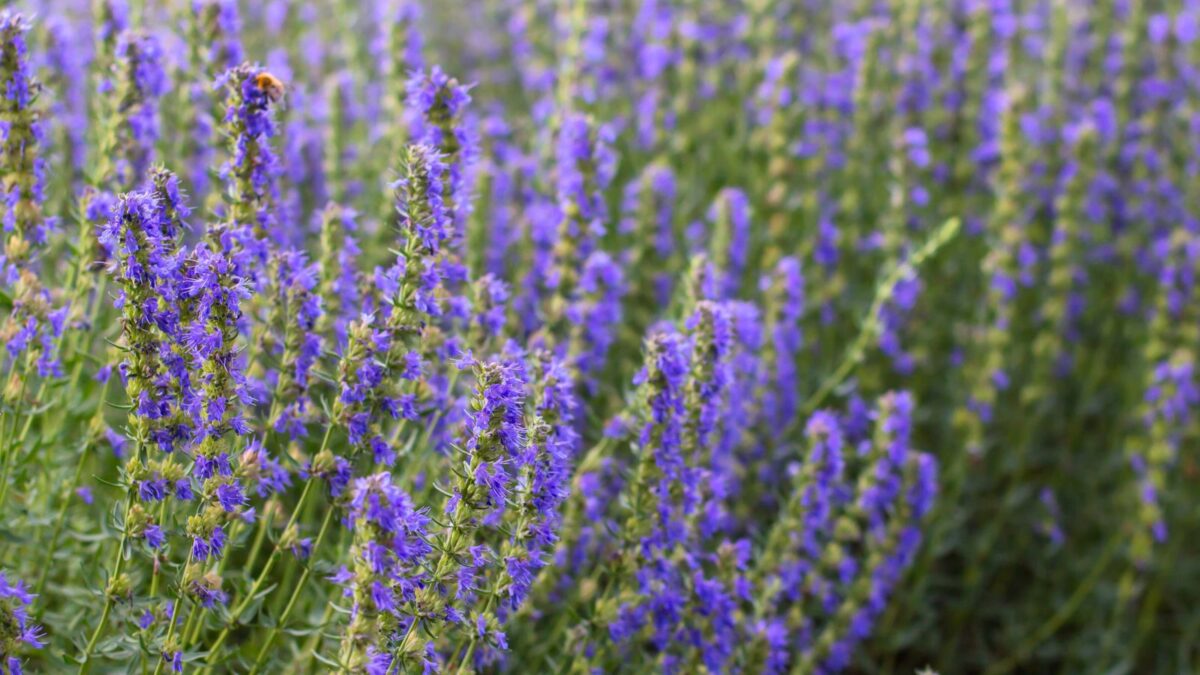
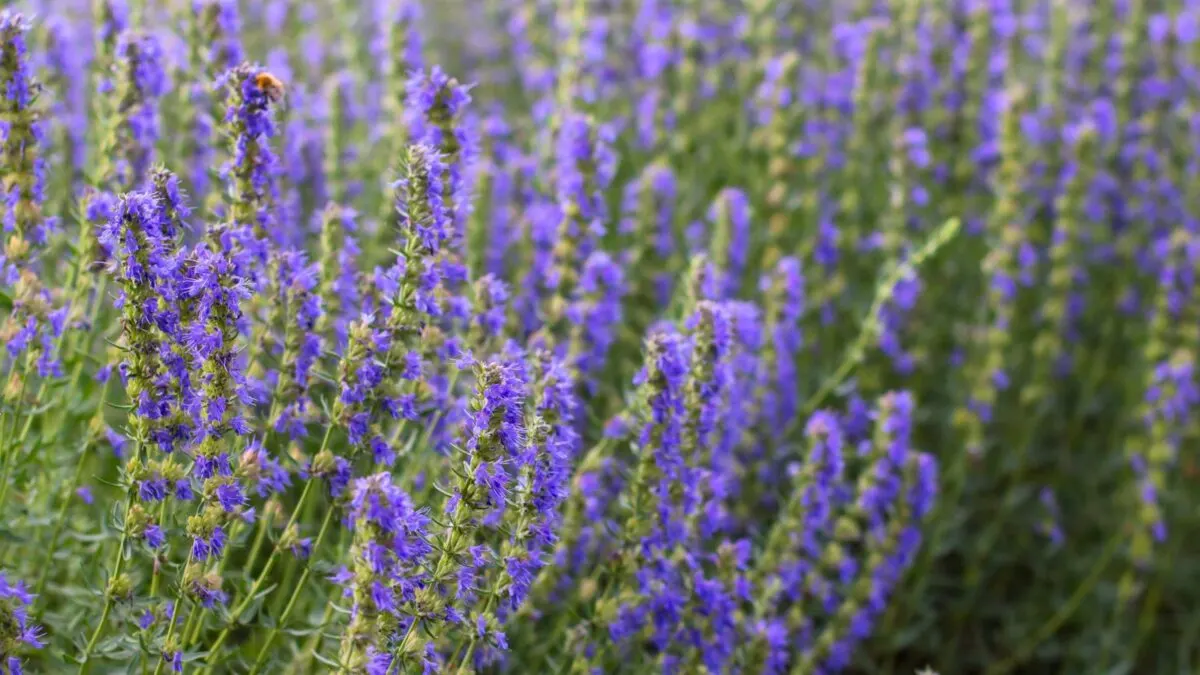
Picture credit score: Depositphotos
With its spikes of violet flowers, hyssop is enticing to bees and provides vibrant shade to a backyard.
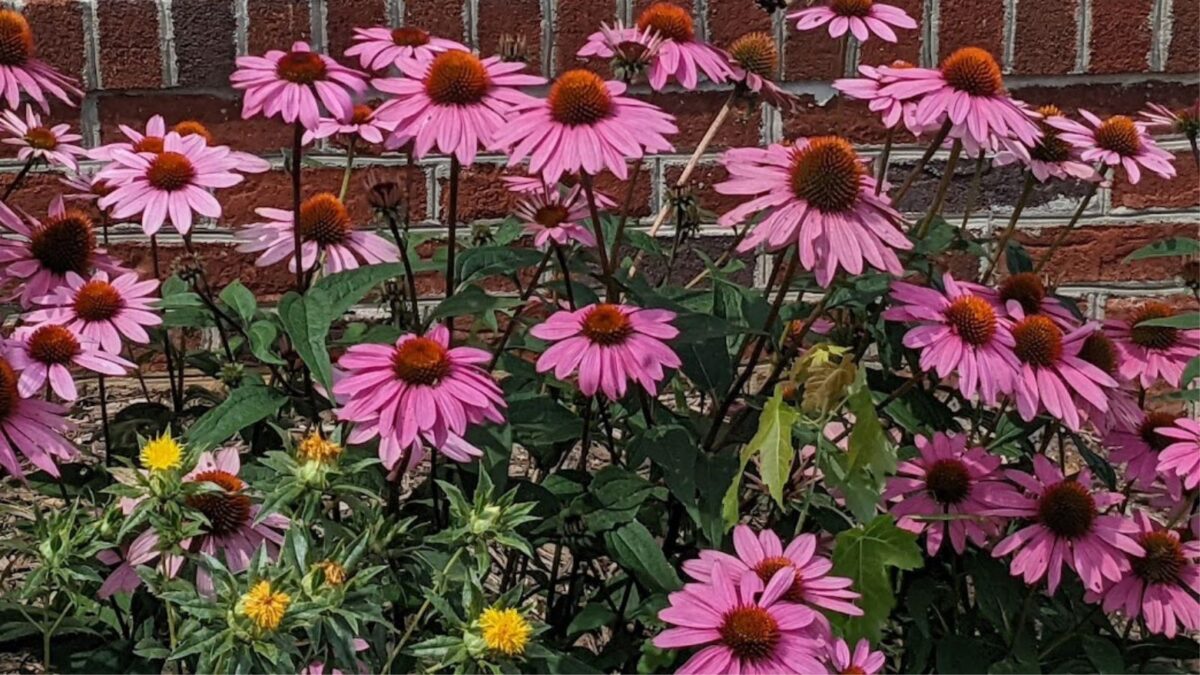
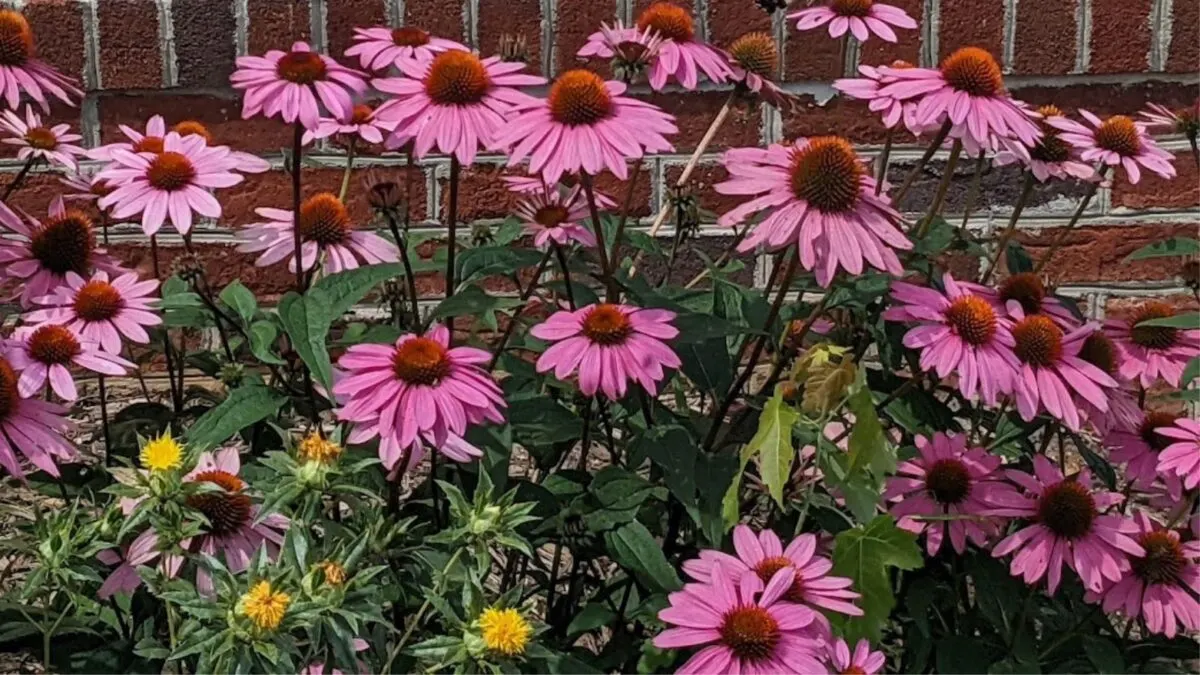
Picture Credit score: Yard Backyard Lover
This daisy-like bloom, usually pink or purple, stands out in the summertime backyard and is a favourite amongst bees for its considerable nectar, even throughout dry spells.
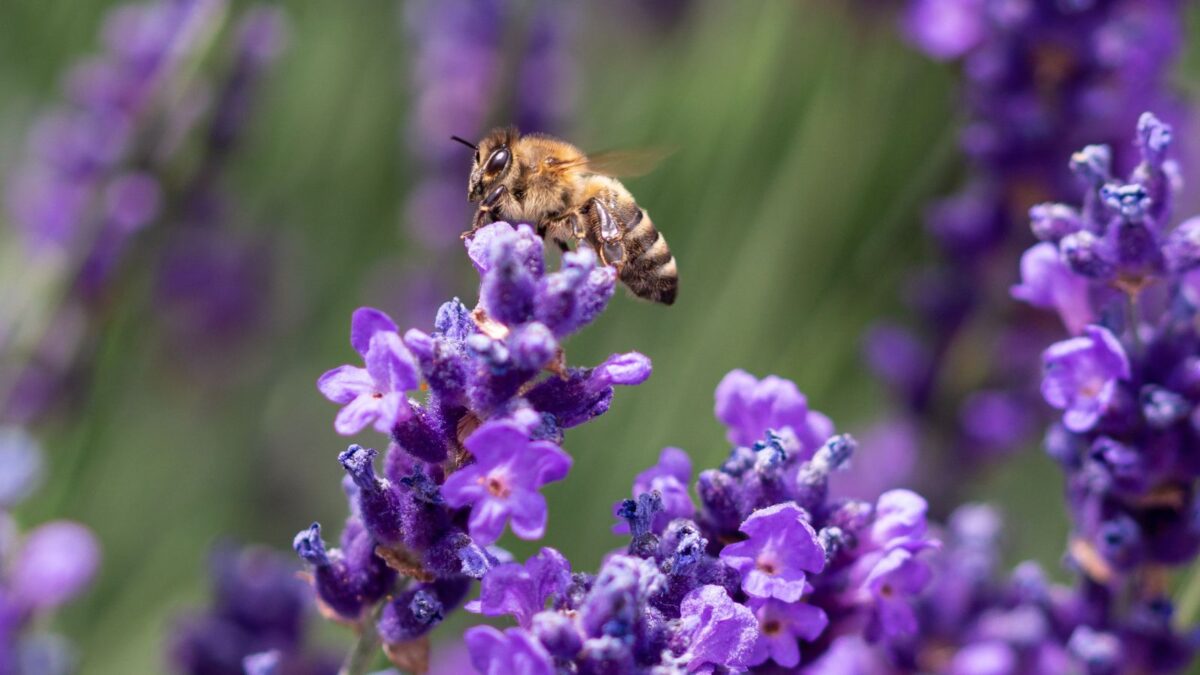
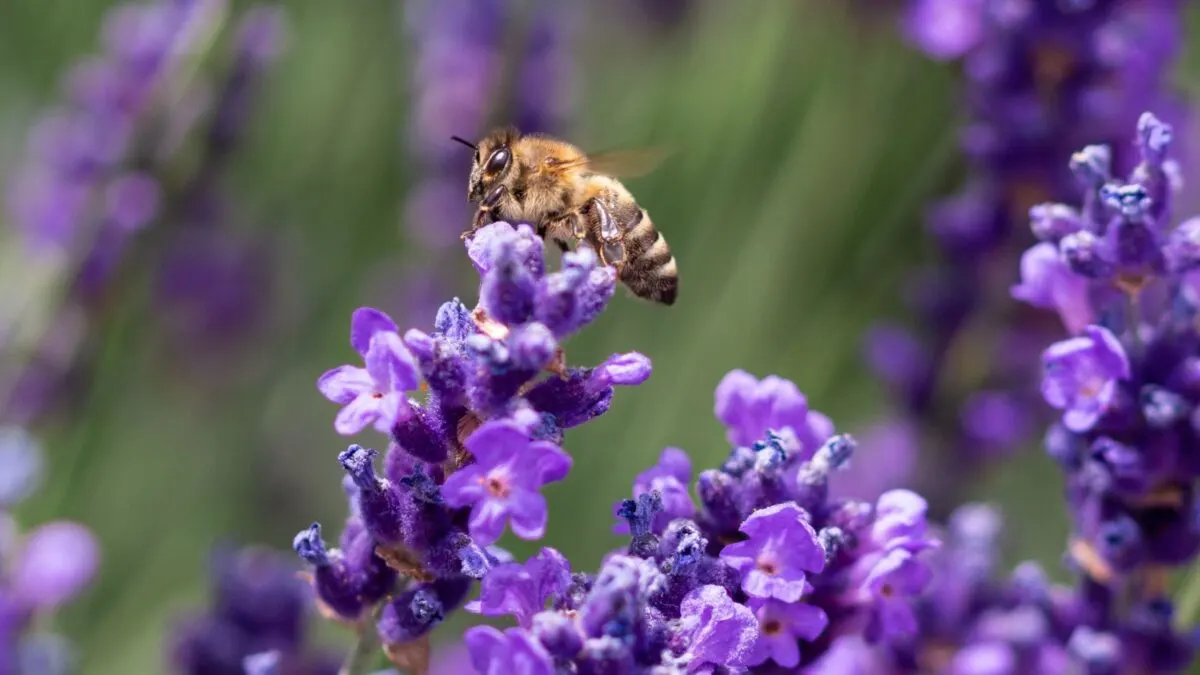
Picture credit score: Depositphotos
Lavender flowers are a bee favourite as a result of their wealthy nectar shops and soothing perfume. Study extra about rising lavender.
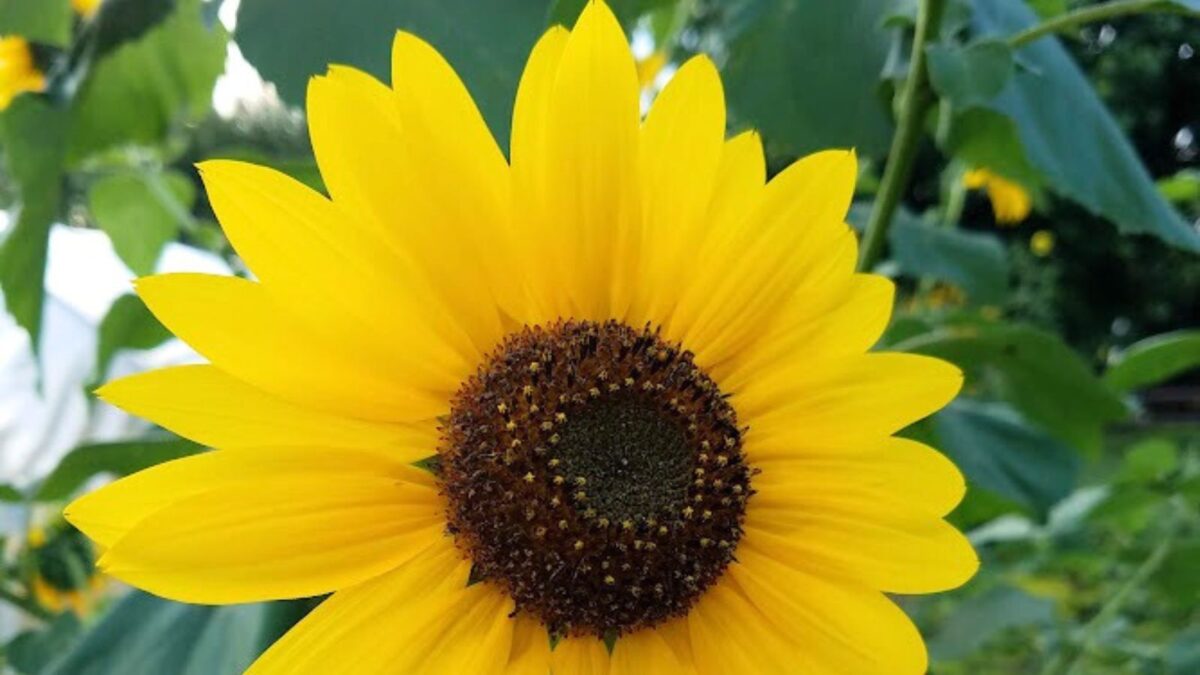
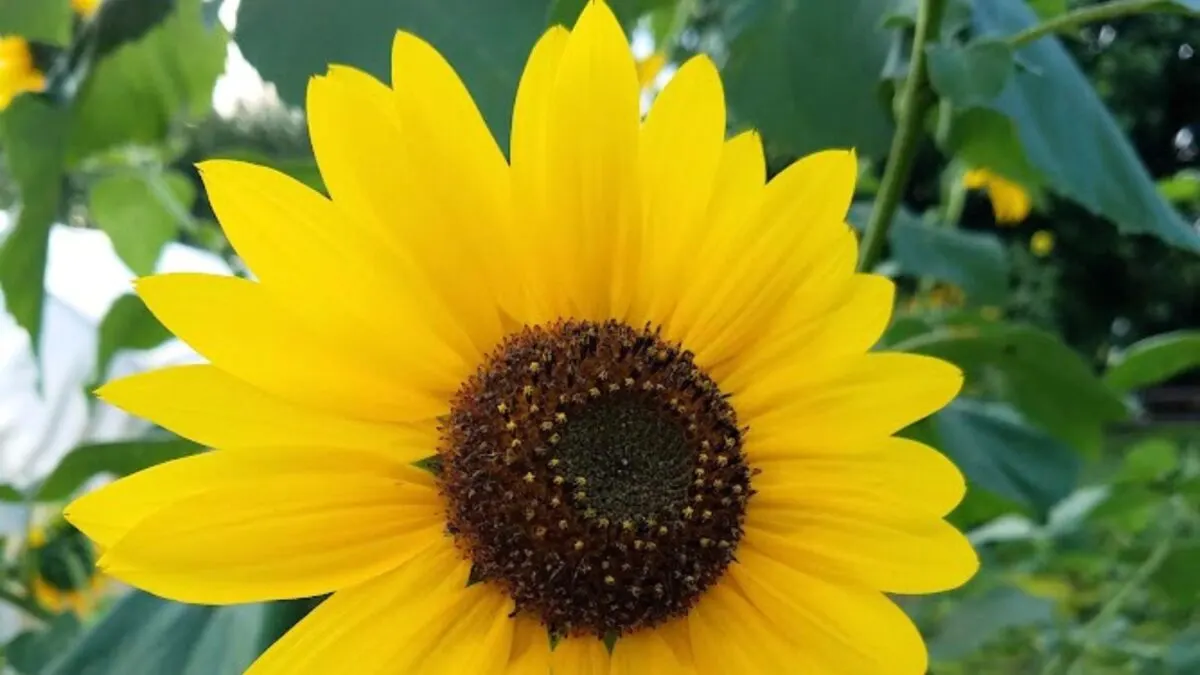
Picture Credit score: Yard Backyard Lover
Sunflowers appeal to bees with their massive, pollen-filled facilities and vivid, inviting petals. Nonetheless, don’t select the “pollen-free” selection.
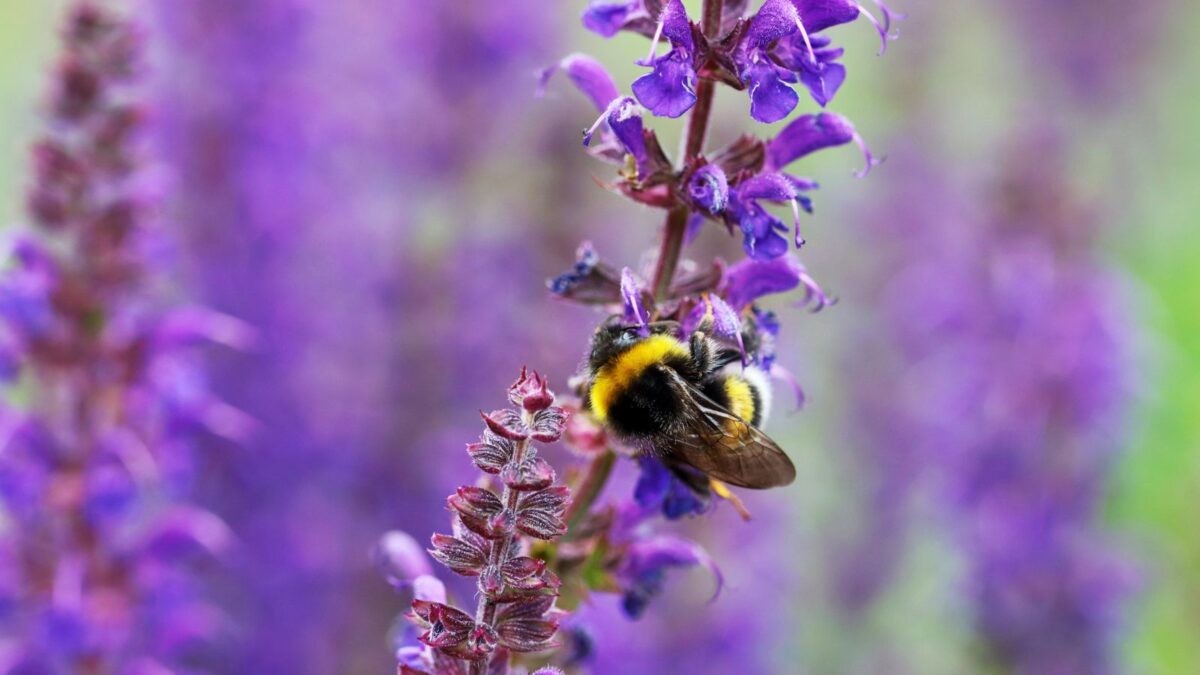
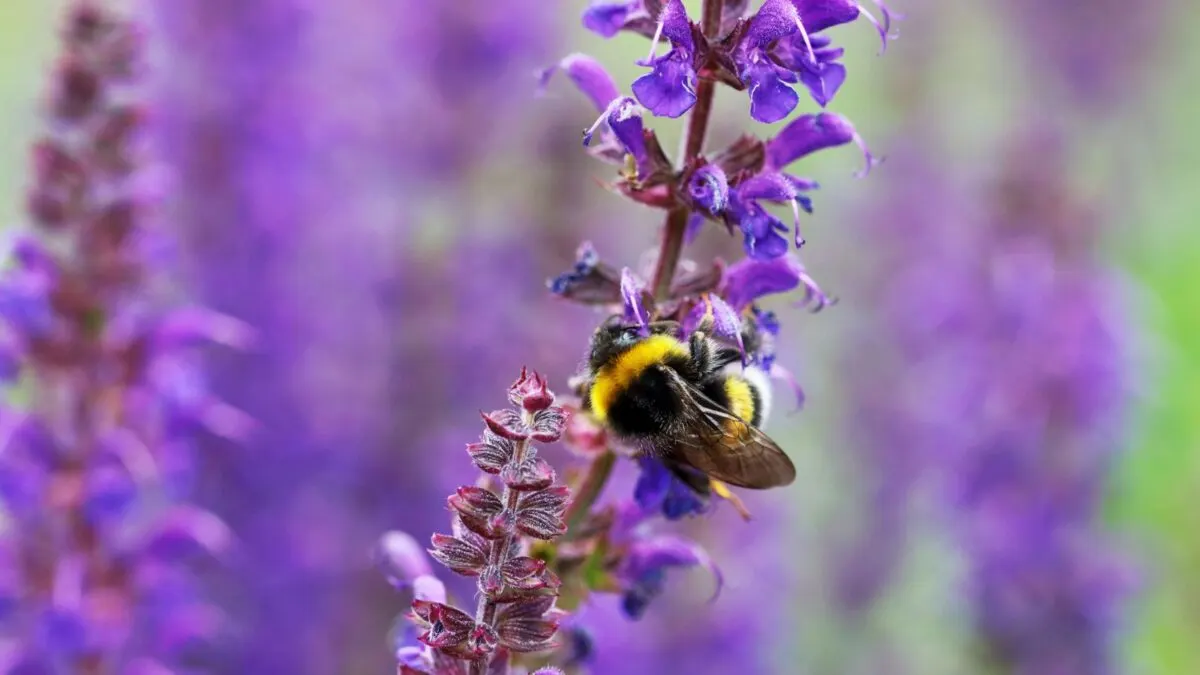
Picture credit score: Depositphotos
Sage presents a steady provide of nectar. These vibrant flowers are available varied colours, drawing in bees all season.
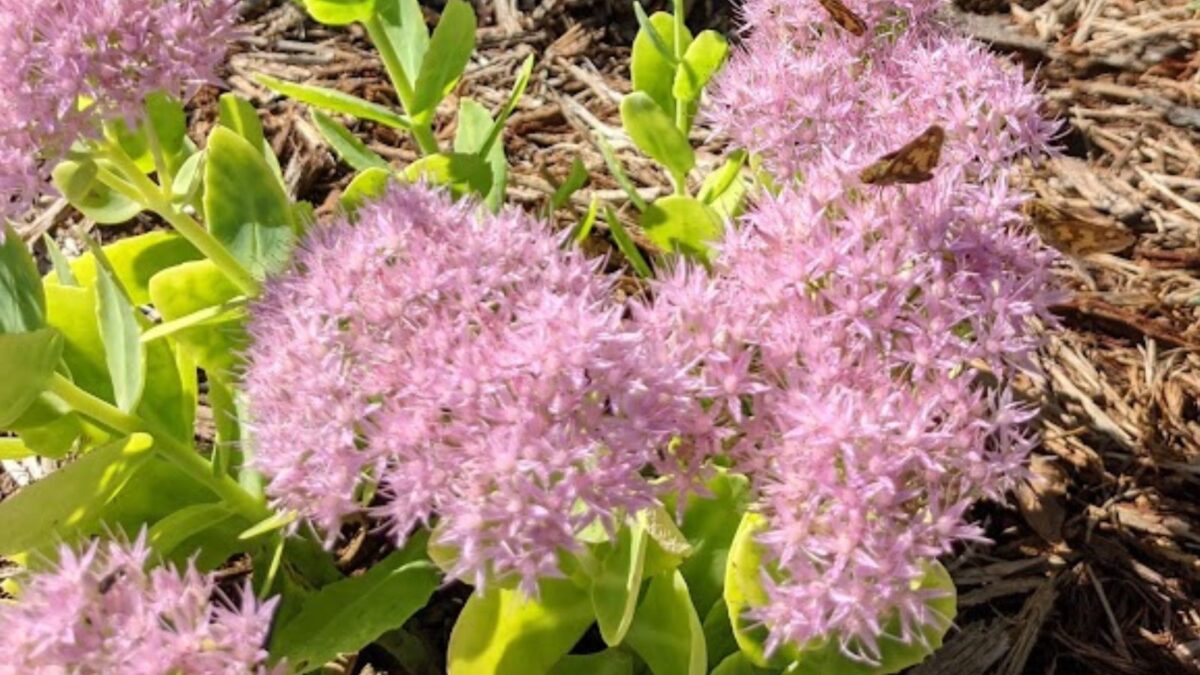
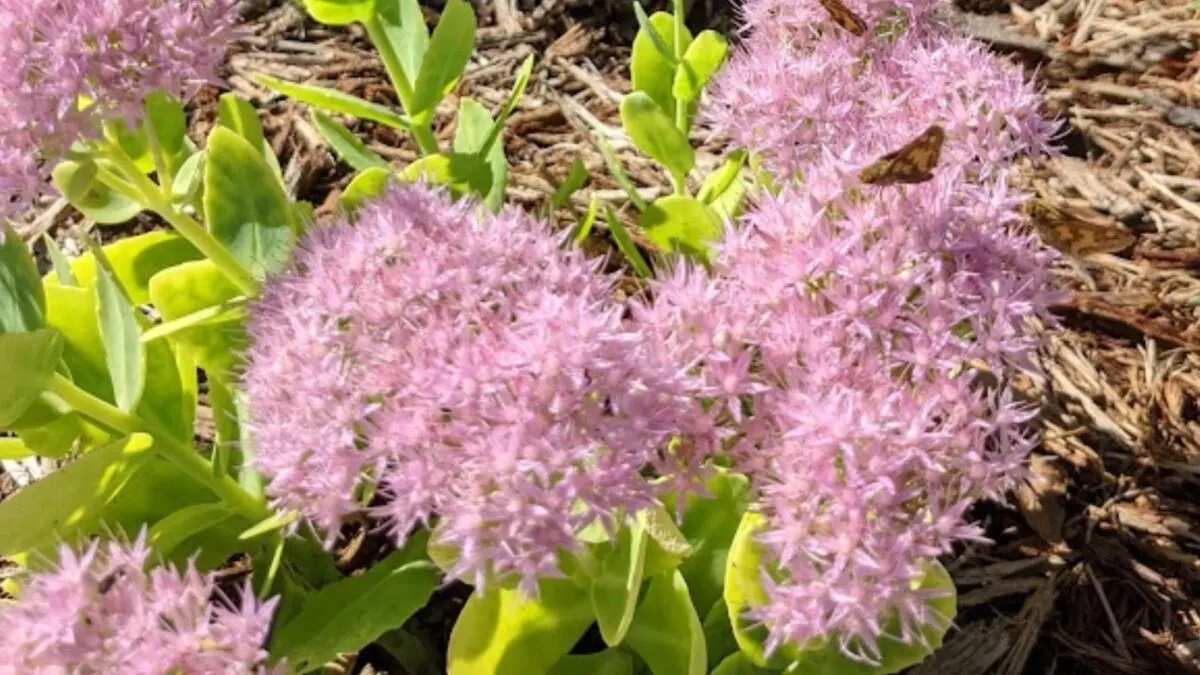
Picture Credit score: Yard Backyard Lover
This succulent comes into its personal within the fall with thick clusters of flowers.
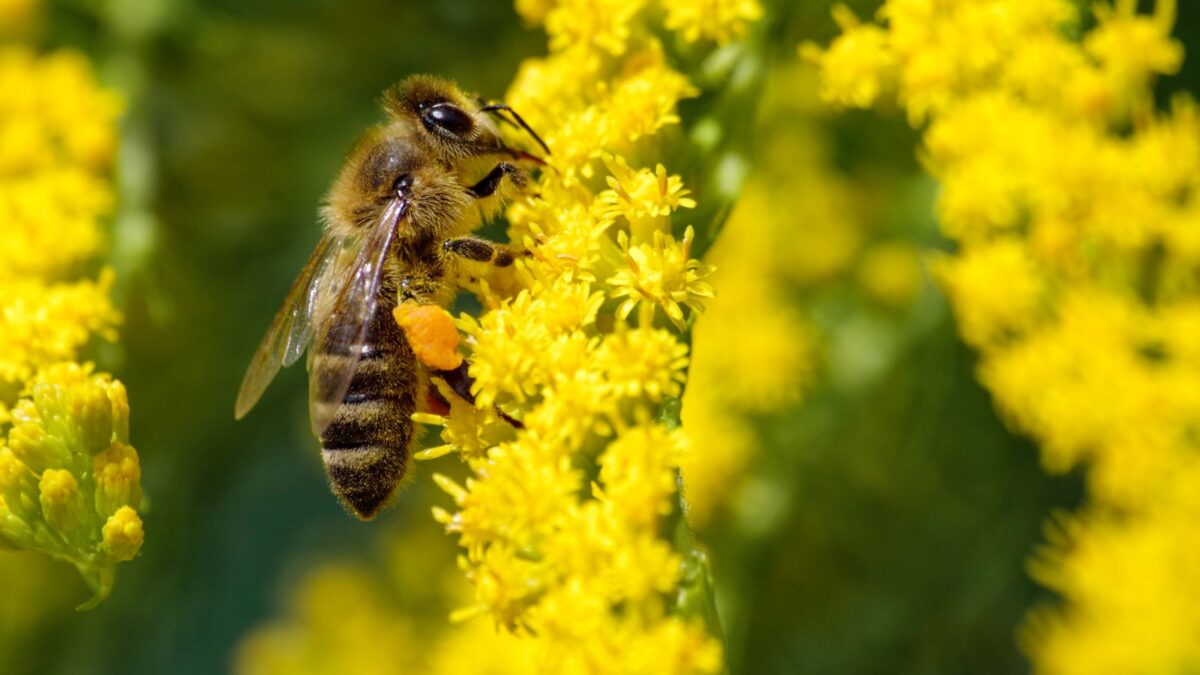
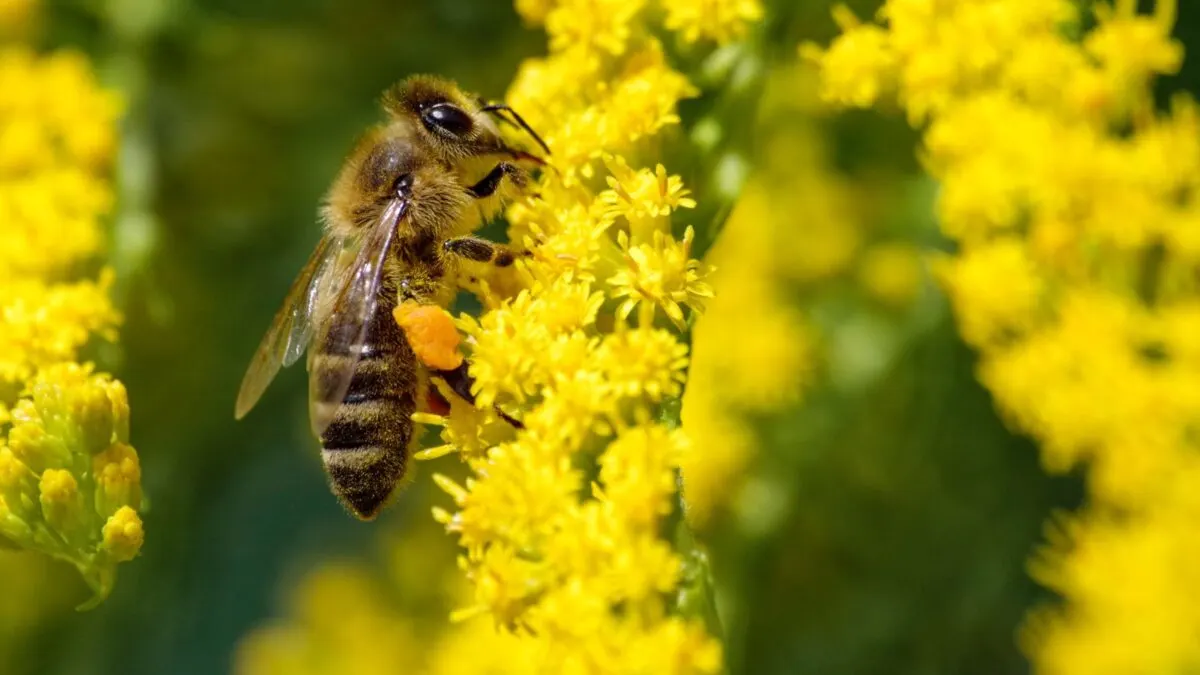
Picture credit score: Depositphotos
Goldenrods provide a late burst of pollen, making certain bees have assets to organize for winter.
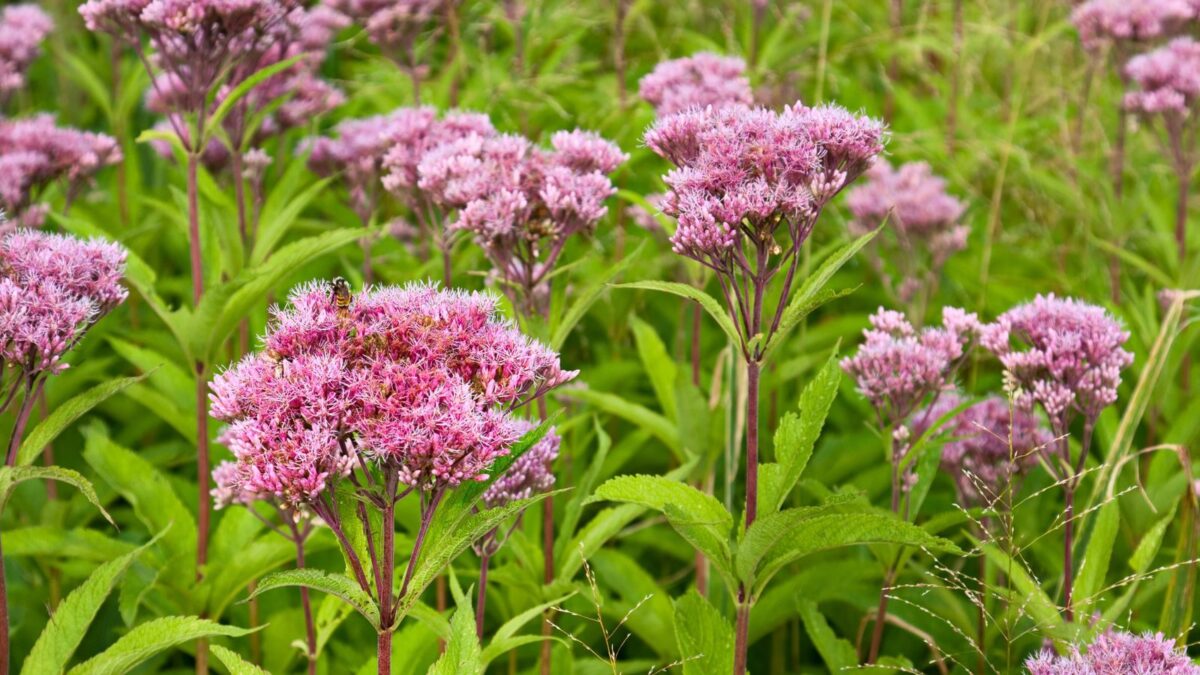
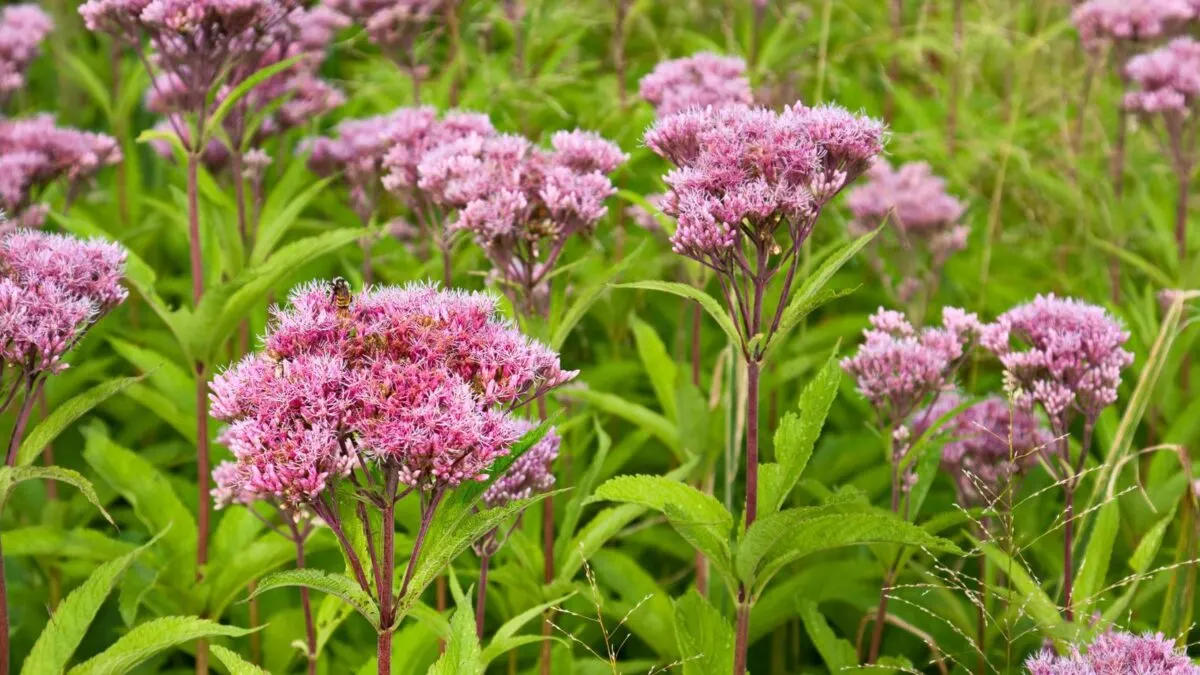
Picture credit score: Depositphotos
Tall and stately, Joe-pye weed presents each nectar and a visible anchor within the fall backyard as different vegetation start to fade.
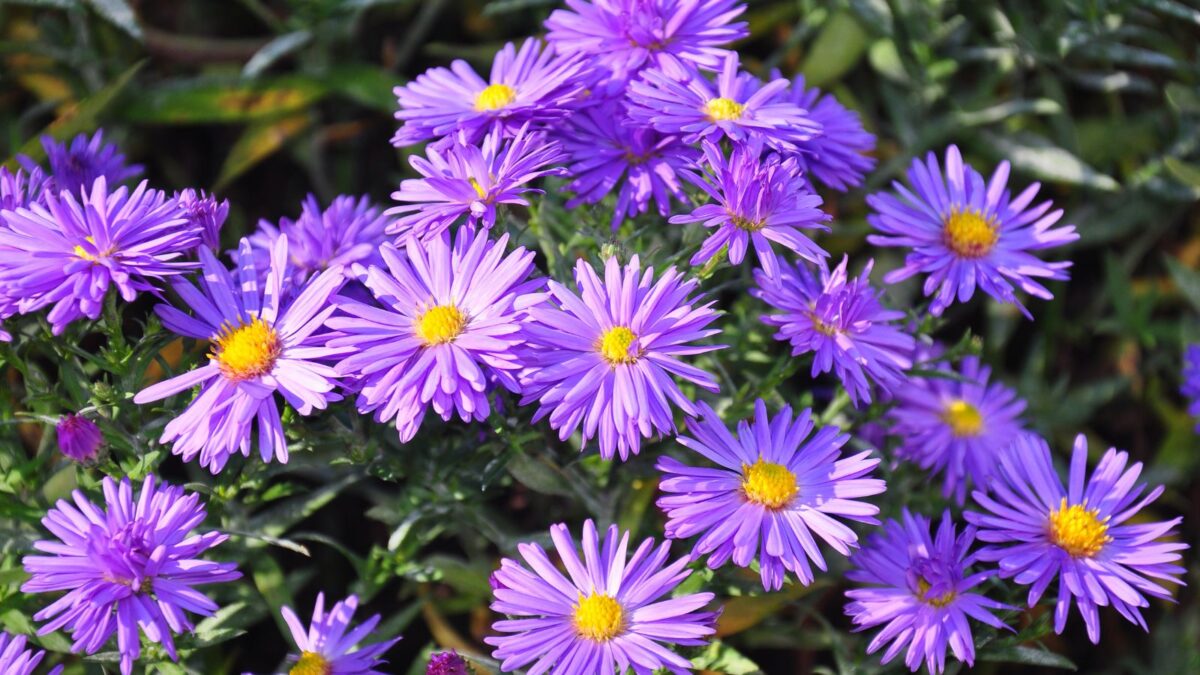
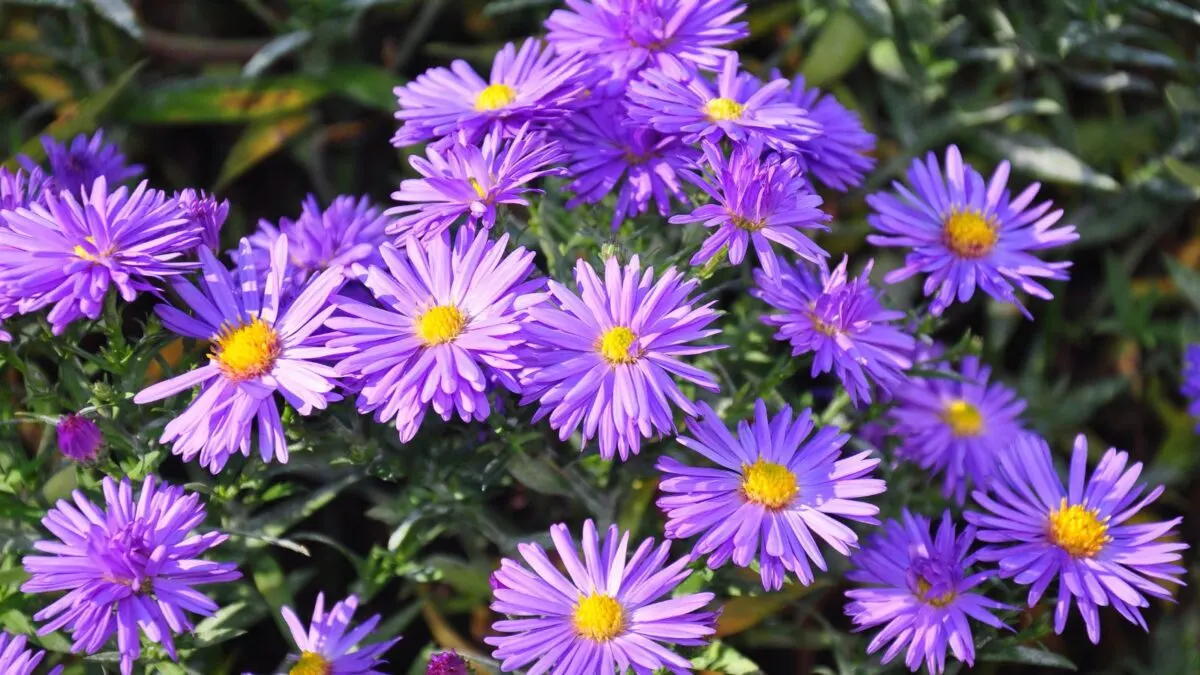
Picture credit score: Depositphotos
Asters supply a late-season nectar and pollen feast.
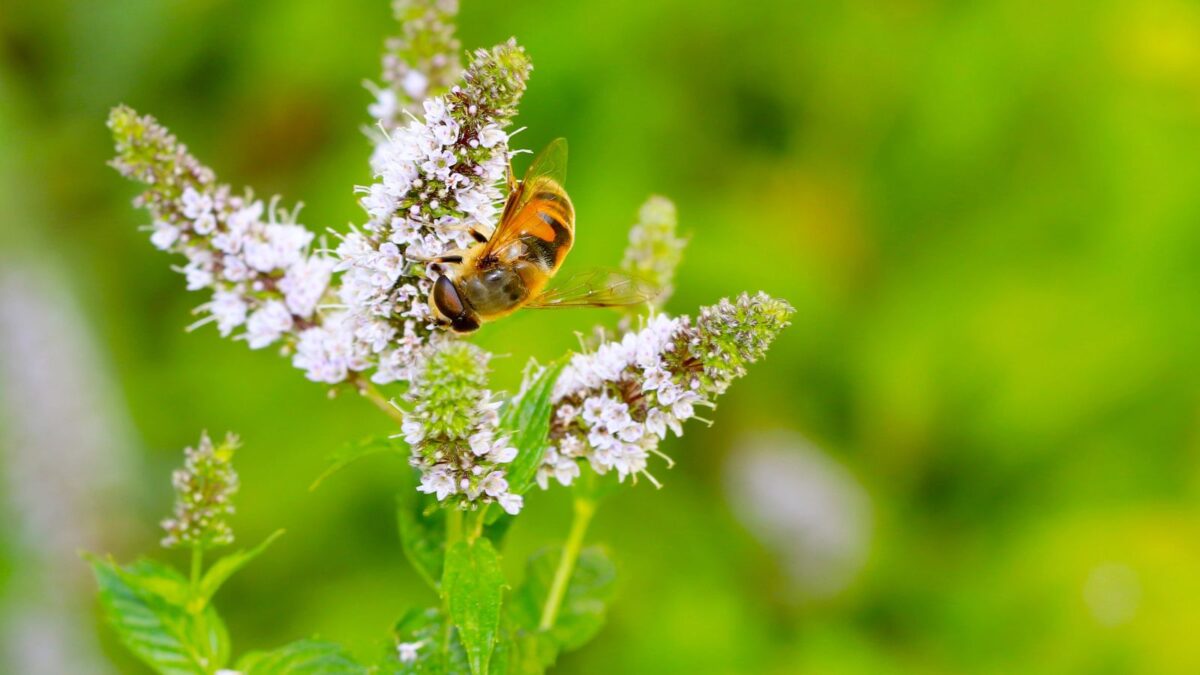
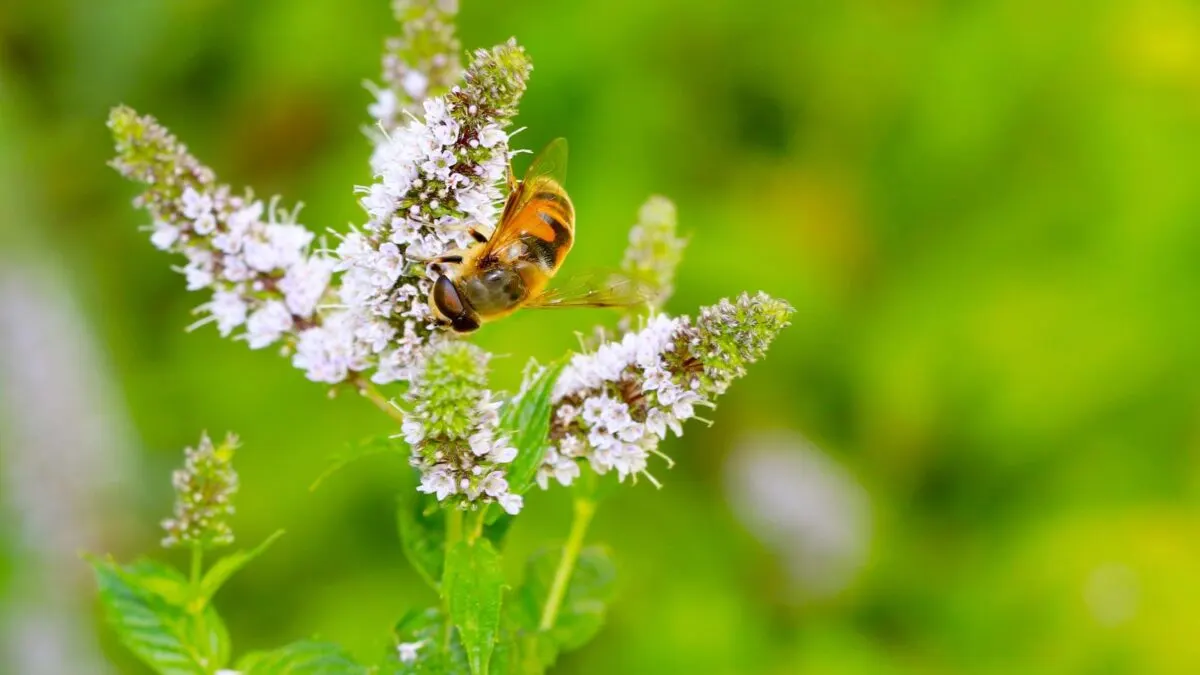
Picture credit score: Depositphotos
Mint is a strong attractor for bees as a result of its sturdy perfume. It prospers in varied situations and may unfold rapidly if not contained.
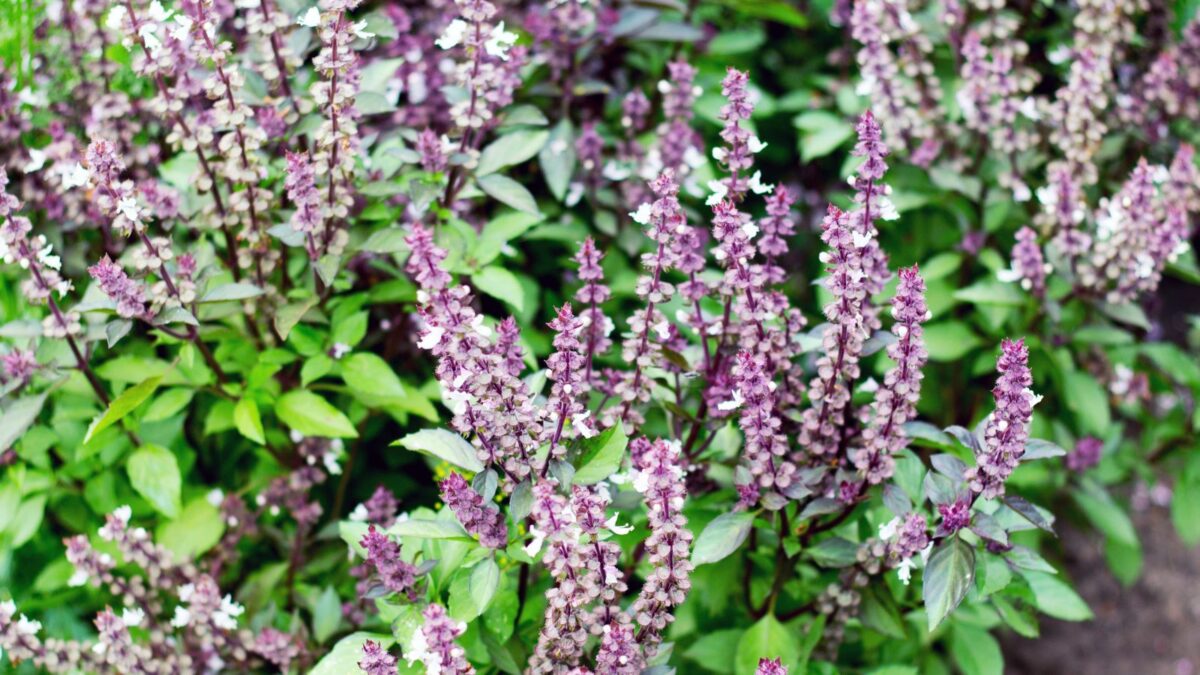
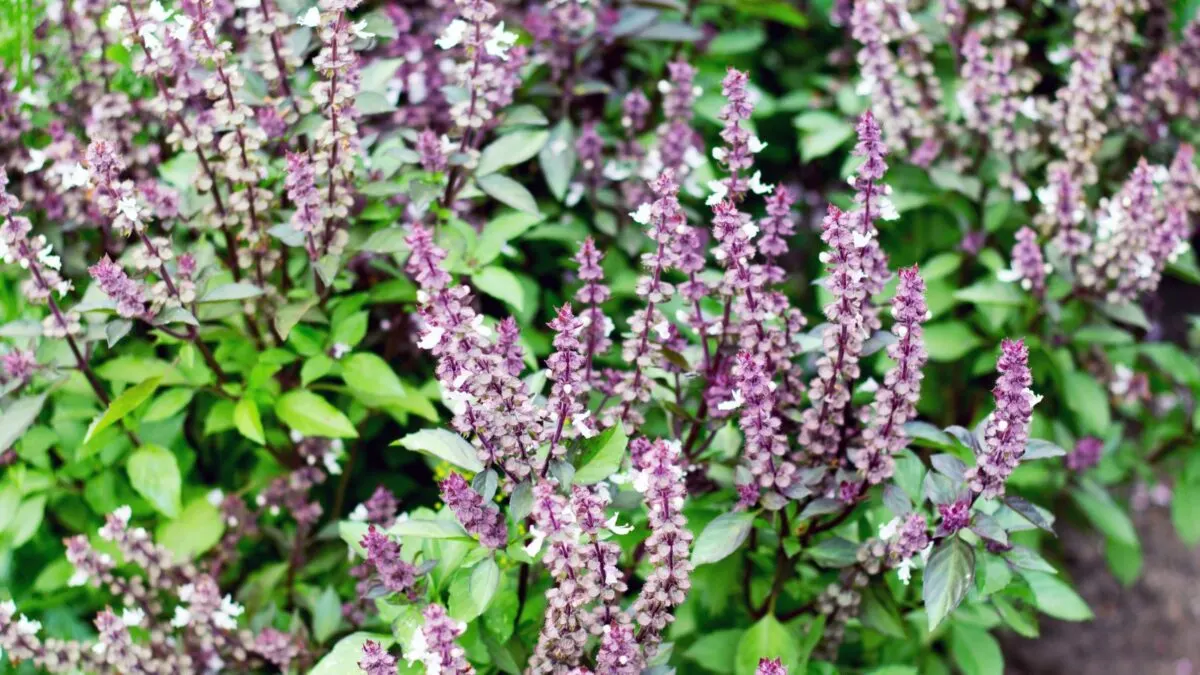
Picture credit score: Depositphotos
Basil, significantly the flowering varieties like African Blue or Thai Basil, presents wealthy nectar that bees discover irresistible.
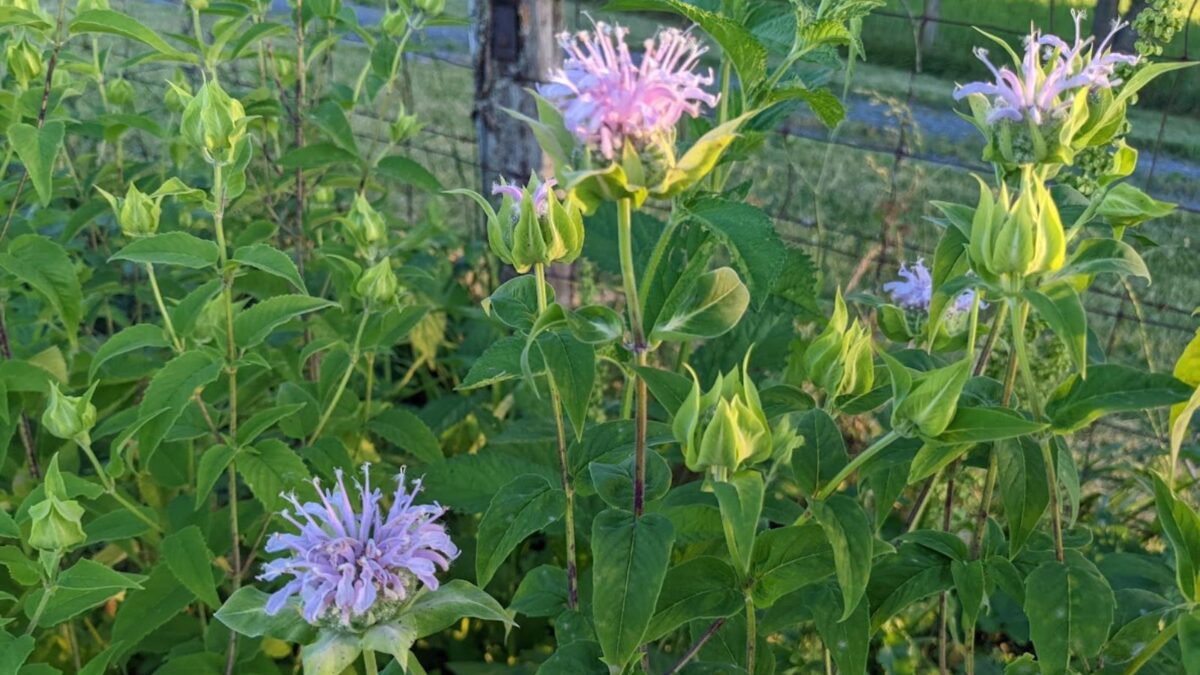
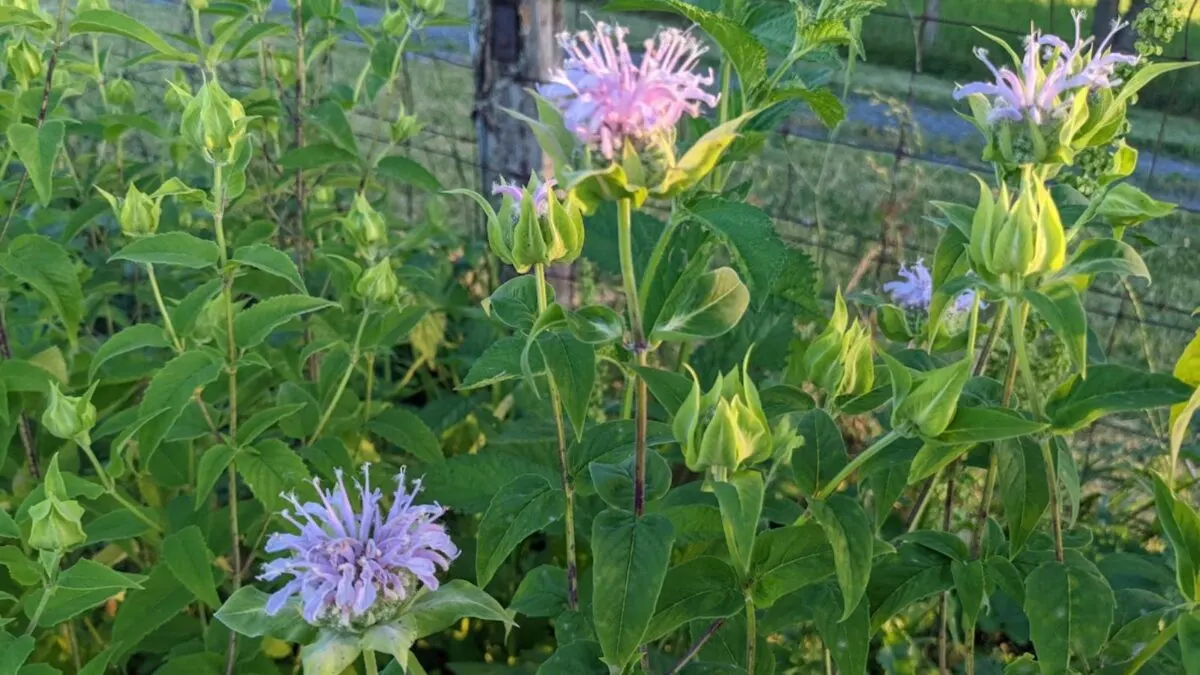
Picture credit score: Yard Backyard Lover
Bee balm is gorgeous in a small mass planting and pairs effectively with many different flowers bees love.
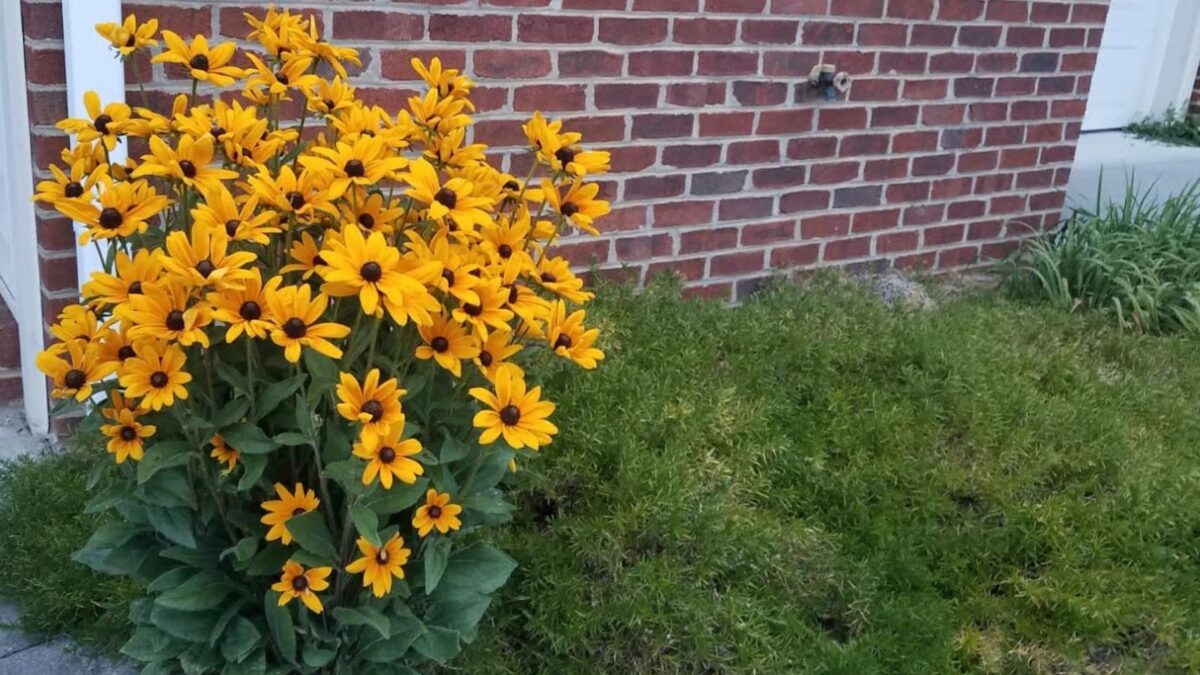
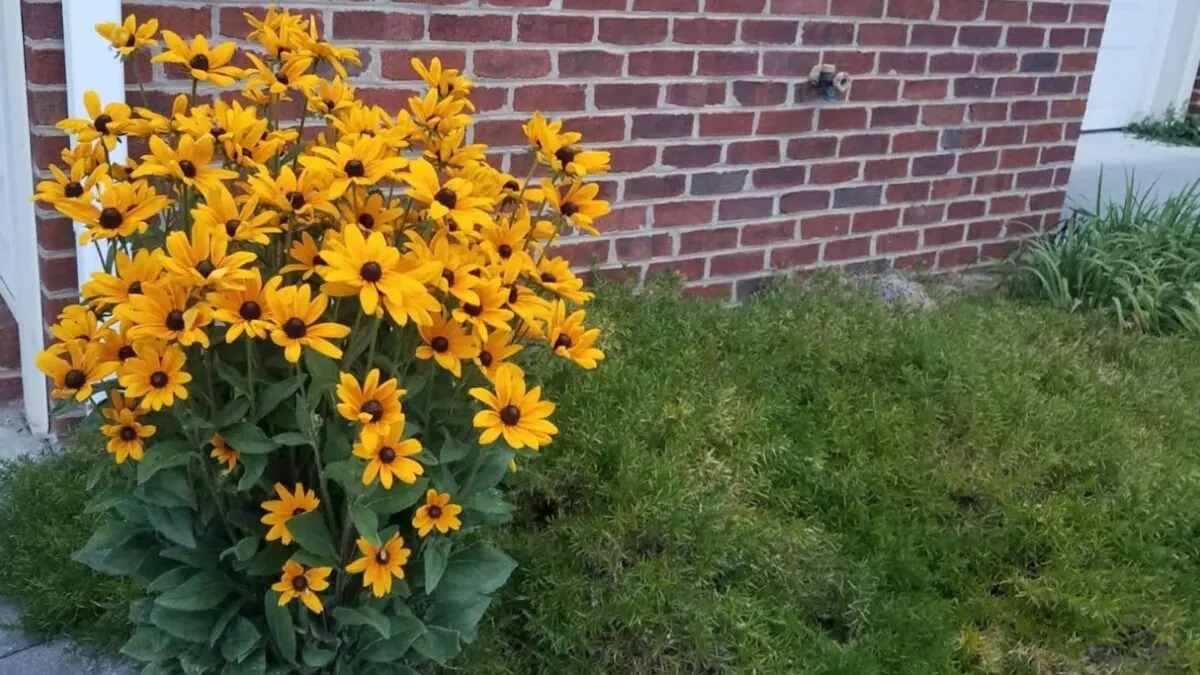
Picture credit score: Yard Backyard Lover
Black Eyed Susan attracts bees and different pollinators, and it’s an easy-to-care-for plant that brightens any nook.
Making a sanctuary for bees in your backyard includes sure practices that maximize the well being and security of those pollinators.
Pesticides pose a big threat to bee populations. Gardens ought to depend on pure predators to handle pests and select vegetation which are much less prone to illnesses. For gardeners, it’s important to pick chemical-free alternate options and organic options to guard our bee associates, particularly native bees, from dangerous publicity.
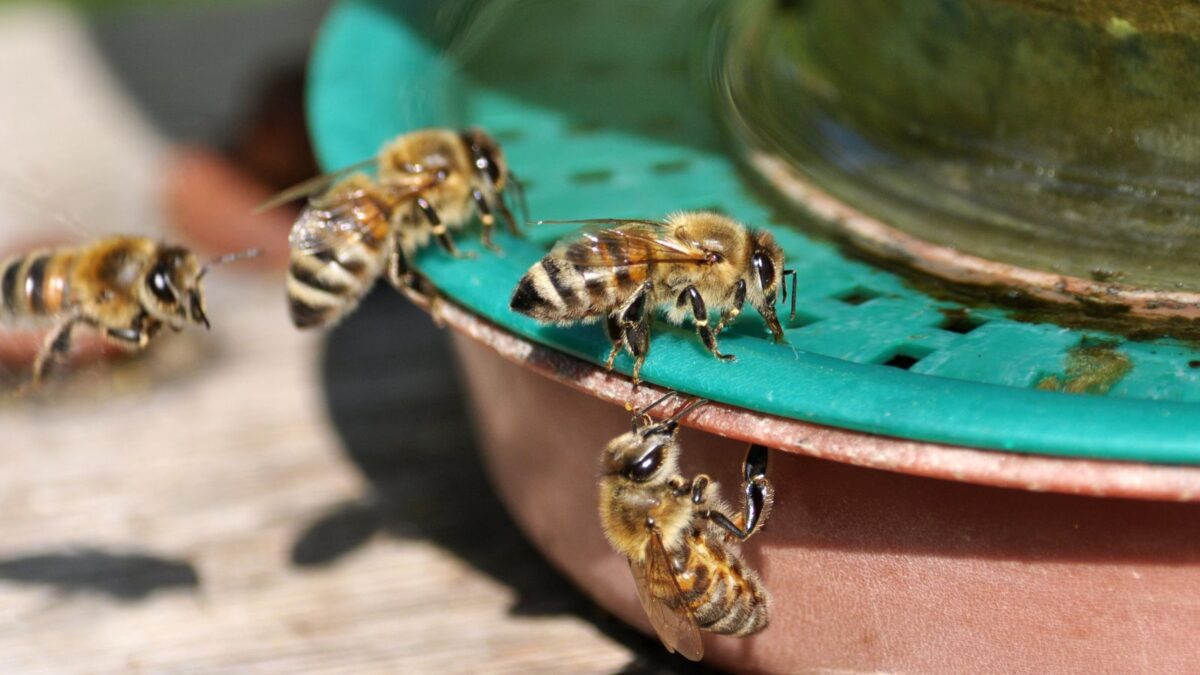
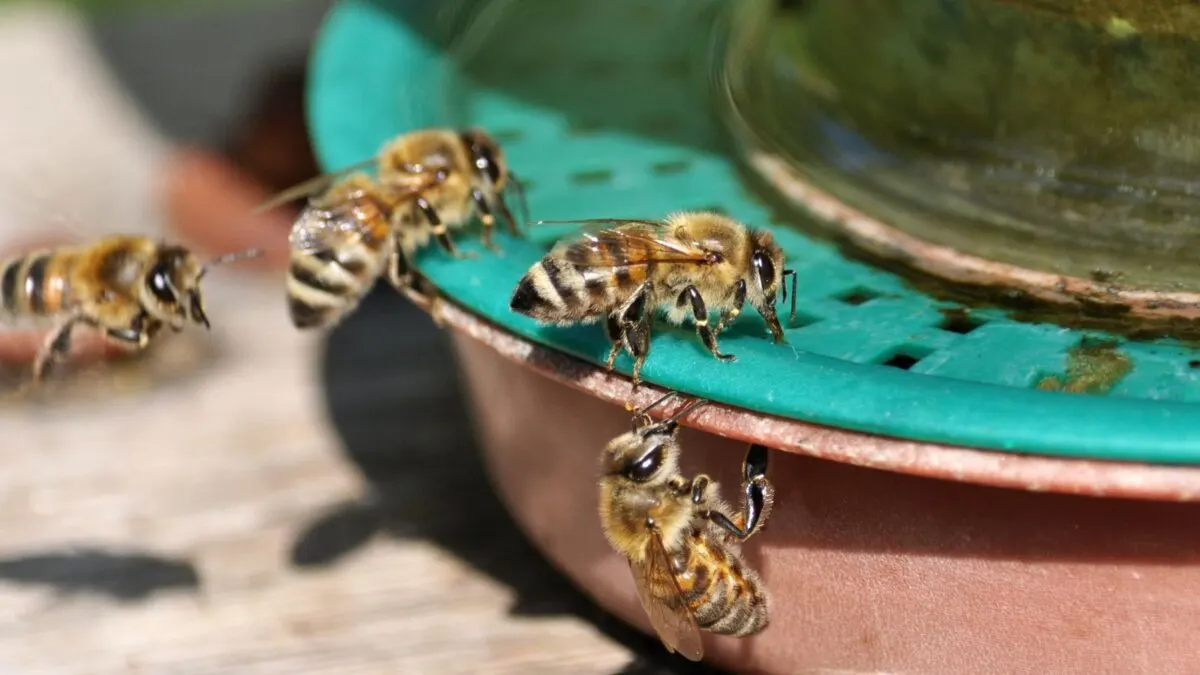
Picture credit score: Depositphotos
Bees want water for survival however shallow sources to forestall drowning. A backyard can embrace a shallow fowl tub or a dish with pebbles and water. Inserting these close to foraging areas helps bees hydrate with out touring far.
Native bees and bumblebees require a spread of floral assets and nesting websites. Gardens ought to supply quite a lot of flowers that bloom throughout totally different seasons, making certain steady foraging alternatives. Undisturbed patches of naked soil and lifeless wooden can function glorious nesting websites for ground-nesting and cavity-nesting bees, respectively.
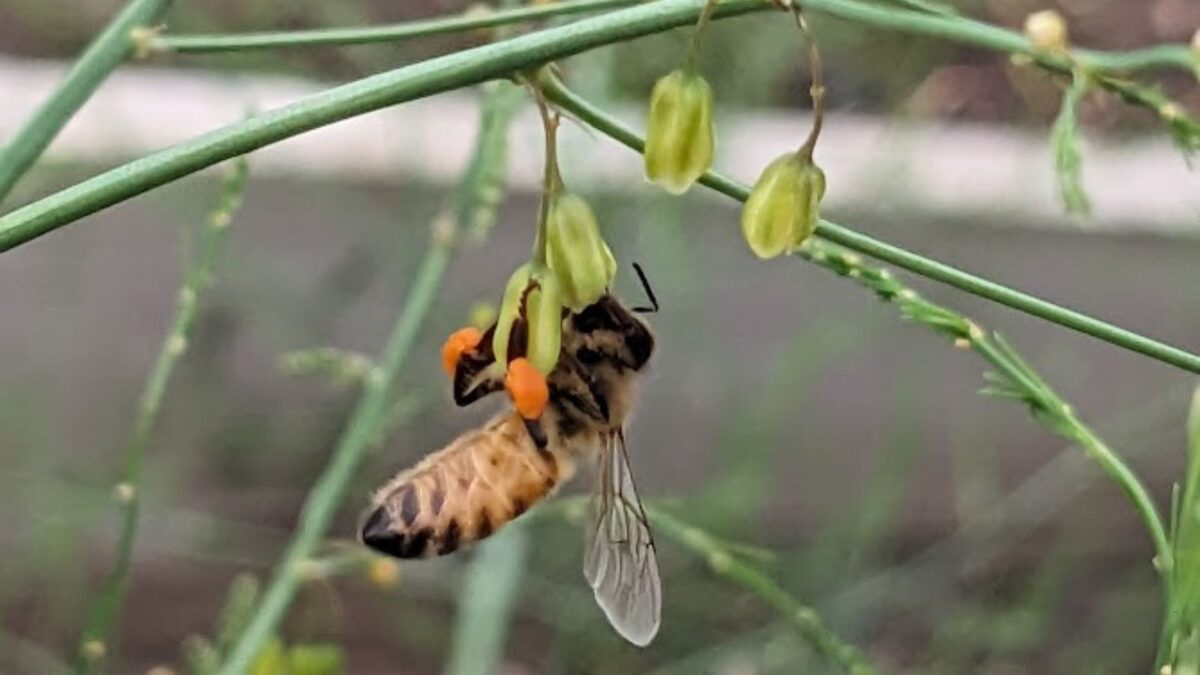
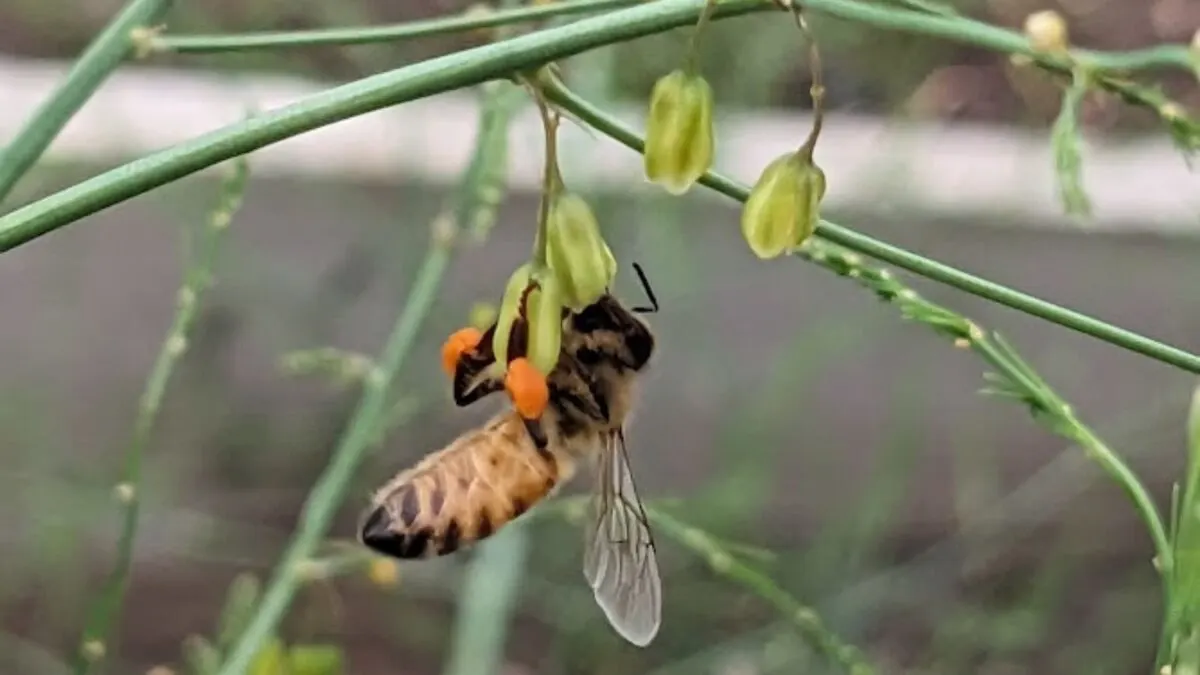
Picture credit score: Yard Backyard Lover
Attracting quite a lot of bees to a backyard is crucial for pollination success. To create a supportive atmosphere, take into account native and foraging bee species.
Plant a spread of flowers that present steady blooms all through the seasons to assist bumblebees and solitary bees. These bee teams choose varied flowers that supply considerable pollen and nectar sources. For example, planting foxgloves can appeal to bumblebees as a result of their lengthy tubular form, whereas solitary bees usually favor open-faced flowers like daisies for straightforward entry.
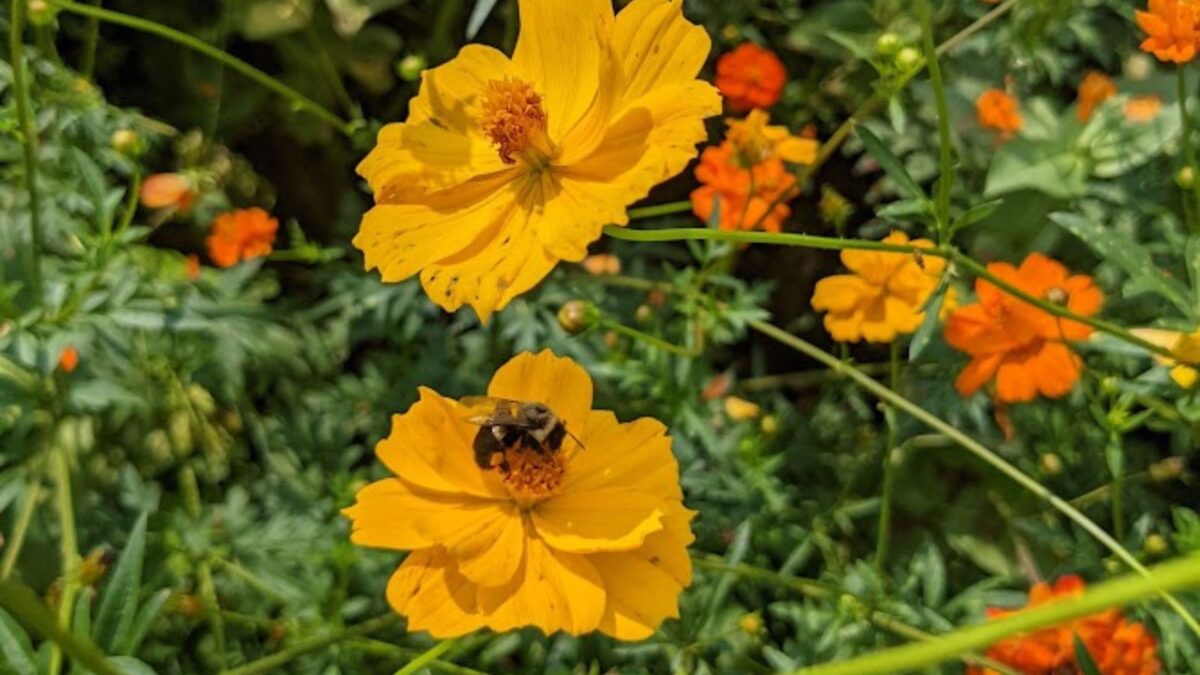
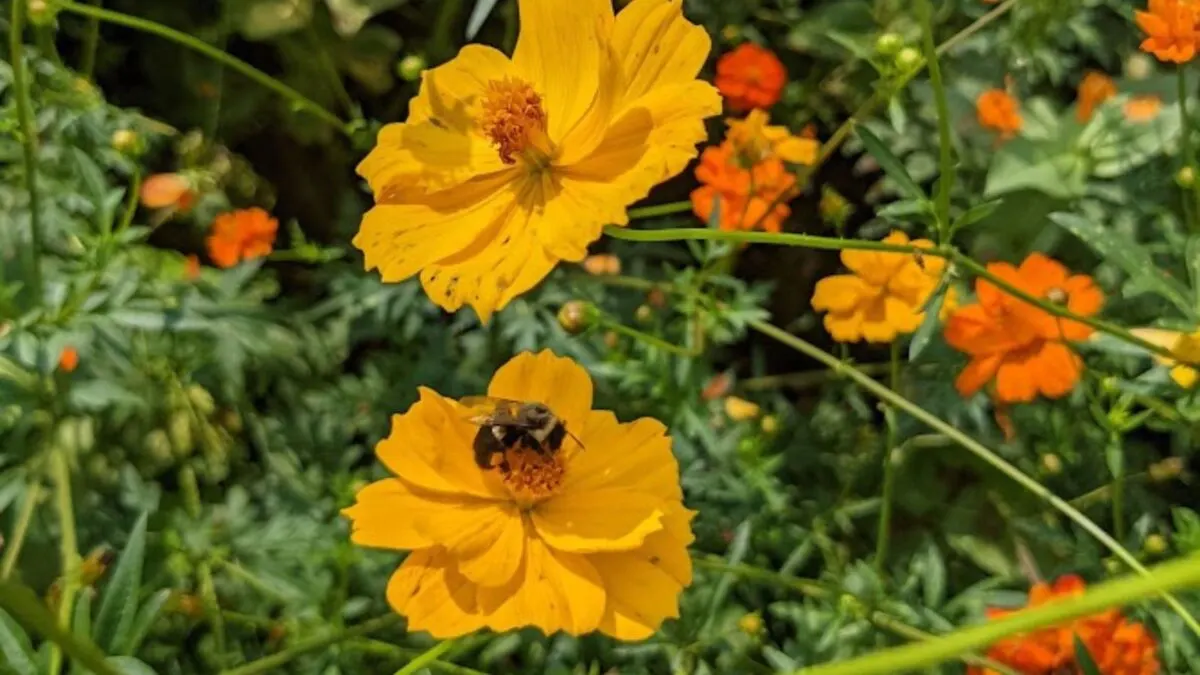
Picture credit score: Yard Backyard Lover
Totally different bees exhibit distinctive foraging behaviors and preferences. Whereas some bees, like honeybees, would possibly forage on a variety of vegetation, others, like sure native bees, could also be extra specialised. Gardens can cater to those behaviors by mixing plant species to offer extra choices. For instance, incorporating native vegetation usually helps appeal to numerous bees to city gardens, supporting generalist foragers and people with extra particular wants.
By understanding bees’ distinct preferences and foraging behaviors, gardens might be designed to draw and maintain a wholesome variety of bee populations.
Efficient backyard upkeep and seasonal care be sure that flower beds stay vibrant and conducive to pollinators all year long.
Common checkups are essential: examine flower beds weekly to determine and resolve points reminiscent of pest infestations or diseased vegetation. Deadheading, or the elimination of spent flowers, encourages vegetation to provide extra blooms, thus offering steady sustenance for bees. Sniping off the wilted flowers simply above the primary set of wholesome leaves is crucial.
Winter prep turns into important for shielding vegetation and pollinators as temperatures drop. Mulch flower beds to insulate plant roots and supply shelter for overwintering bees. Leaving some lifeless plant materials undisturbed can also be useful, as it might supply a protected haven for bees in the course of the colder months. Making a stability between tidiness and offering habitat is essential for a bee-friendly backyard.
Foraging honey bees are not any risk to people. The truth is, I discover it pleasant to observe bees flying from flower to flower. They’re busy working with no concern for my presence.
Honey bees should not defensive whereas foraging. Nonetheless, it’s best to respect their area. No swatting, please! Take care when planning your backyard. Don’t put bee-friendly vegetation too near walkways and different human-occupied areas.
Bees and people can share a bee-friendly backyard. An excellent design of flowers that appeal to bees is a factor of magnificence. Meals for the bees and delight for the human coronary heart.
I hope you’ll plant a stunning bee-attracting backyard now that you know the way to decide on flowers that appeal to bees to your backyard
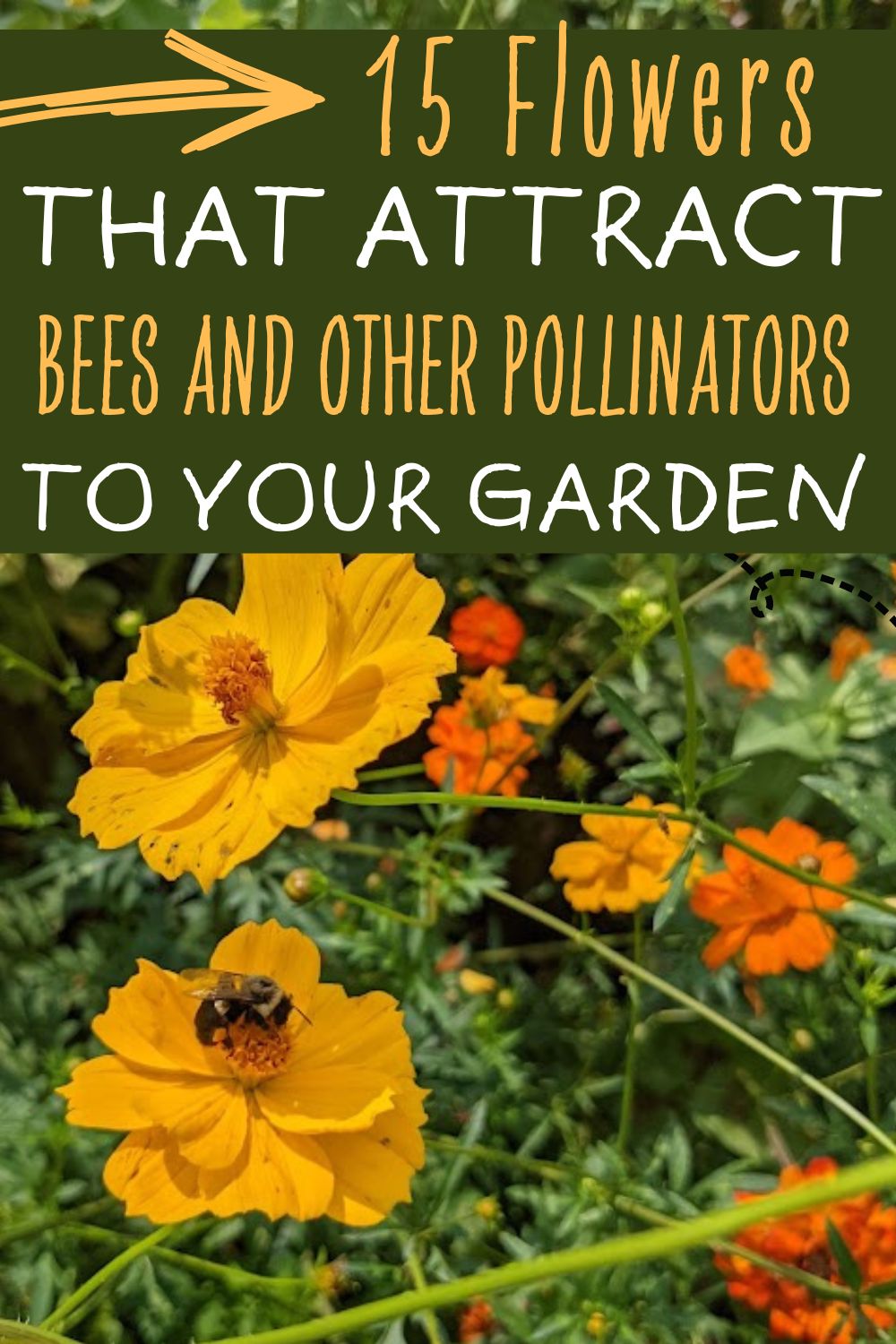
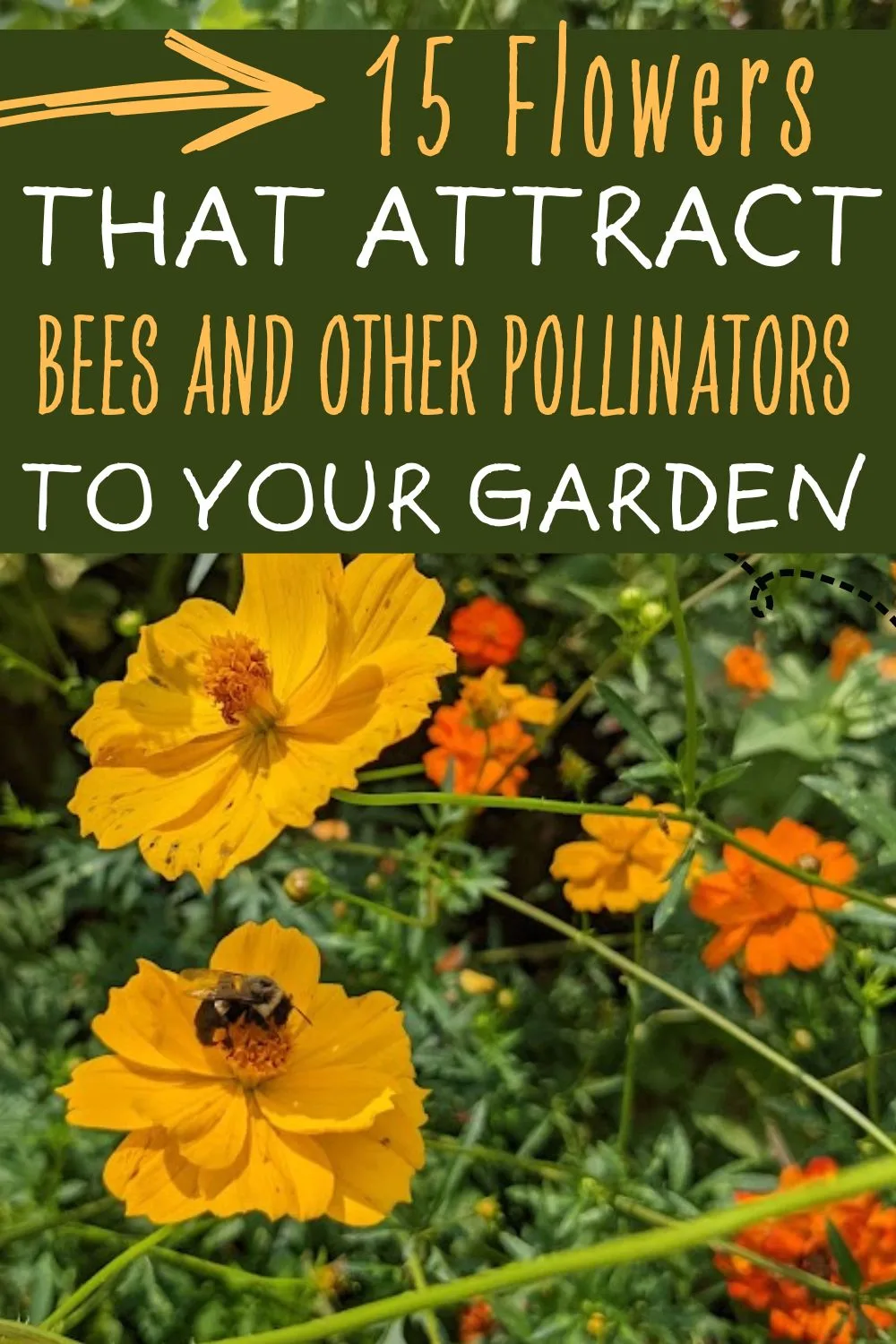


Pin To Save For Later


Picture credit score: Depositphotos
Sure flowers are pure magnets for bees; they appeal to by way of vibrant colours, attractive scents, and even ultraviolet patterns that information the bees proper to their supply of nourishment. As bees transfer from flower to flower, they inadvertently switch pollen, aiding within the cross-pollination mandatory for a various and thriving ecosystem.
Selecting the best flowers is important for backyard lovers seeking to create a buzzing haven for these helpful bugs. It’s not merely about aesthetics but in addition about offering a habitat that helps bees’ life cycle and environmental function. In doing so, gardeners can get pleasure from a flourish of exercise and contribute to the well being of the native pollinator inhabitants.
Why Ought to You Make An Effort to Appeal to Bees to Your Backyard?


Picture credit score: Depositphotos
Bees are indispensable pollinators, serving the flowering vegetation that compose many pure habitats. They facilitate reproductive success in vegetation, which is essential for plant variety. This pollinating exercise helps the expansion of vegatables and fruits, straight affecting human meals sources and trade.
Local weather change considerably influences bee populations, altering their distribution and the viability of the habitats they depend on. Dangers reminiscent of temperature fluctuations and excessive climate occasions can disrupt bees’ life cycles and flower availability, essential elements of their function as pollinators. Consequently, these adjustments can threaten bees’ pollination companies to vegetation producing vegatables and fruits. Defending bee populations from the hostile results of local weather change is thus essential for sustaining stability in ecosystems and making certain meals safety.
Selecting Flowers for Your Bee-Pleasant Backyard


Picture credit score: Depositphotos
Making a bee-friendly backyard requires a considerate collection of flowers that thrive in your space and appeal to the native bee populations. Go for native vegetation and take into account flower colours and shapes when planting flowers to draw bees.
Select vegetation that produce single-type flowers
This kind of blossom has one ring of petals round a middle. Single flowers produce extra nectar for bugs. Their easy blossoms are additionally extra accessible for foraging bees to control.
Choose native vegetation
Native vegetation supply pure benefits in a backyard as they’re tailored to native situations and require much less upkeep. Additionally they are likely to kind symbiotic relationships with native bees, offering them with high-quality pollen and nectar.
Contemplate flower colours & shapes
Blue, purple, violet, white, and yellow flowers are extremely interesting to bees. A mixture of flower shapes can also be useful, as totally different species of bees have various physique sizes and tongue lengths. Tubular-shaped flowers appeal to long-tongued bees, whereas flat or open shapes present simpler entry for short-tongued species.
By understanding the wants of your native USDA zone, deciding on native vegetation, and offering a spread of flower colours and shapes, you possibly can create a vibrant, supportive atmosphere for bees all through the seasons.
Invite ALL bees
Honey bees should not the one bugs that profit from bee-friendly flowers. Many different pollinators get pleasure from a various collection of blooming vegetation. Bumblebees, mason bees, and butterflies will make their solution to your oasis of bee forage. In a world of lowering bee habitats, your planting selections could make a giant distinction.
Flowers That Appeal to Bees
Making a bee backyard that gives yearly assets is crucial for supporting a wholesome bee inhabitants. It includes selecting vegetation that bloom at totally different instances, making certain there’s all the time one thing for bees to forage.
- The backyard ought to begin with early bloomers like crocus and snowdrops that emerge even when snow is on the bottom. These flowers are essential as they supply nectar and pollen when different meals sources are scarce.
- Because the backyard transitions into summer time, vegetation like hyssop and coneflower take middle stage with their lengthy blooming intervals and excessive nectar content material.
- Autumn bloomers reminiscent of sedum and Joe-pye weed can present for bees later within the yr
- When different blooms start to fade, Aster and Goldenrod turn into essential meals sources.
1. Crocus (Crocus sativus)


Picture Credit score: Yard Backyard Lover
These are among the many first to bloom, usually in late winter or early spring. They provide a spread of colours and are an indication that spring is coming.
2. Snowdrop (Galanthus nivalis)


Picture Credit score: Yard Backyard Lover
Dainty and white snowdrops can push by way of frozen floor and supply bees their first meals of the yr.
3. Hyssop (Hyssopus officinalis)


Picture credit score: Depositphotos
With its spikes of violet flowers, hyssop is enticing to bees and provides vibrant shade to a backyard.
4. Purple coneflower (Echinacea purpurea)


Picture Credit score: Yard Backyard Lover
This daisy-like bloom, usually pink or purple, stands out in the summertime backyard and is a favourite amongst bees for its considerable nectar, even throughout dry spells.
5. Lavender (Lavandula)


Picture credit score: Depositphotos
Lavender flowers are a bee favourite as a result of their wealthy nectar shops and soothing perfume. Study extra about rising lavender.
6. Sunflower (Helianthus annuus)


Picture Credit score: Yard Backyard Lover
Sunflowers appeal to bees with their massive, pollen-filled facilities and vivid, inviting petals. Nonetheless, don’t select the “pollen-free” selection.
7. Sage (Salvia officinalis)


Picture credit score: Depositphotos
Sage presents a steady provide of nectar. These vibrant flowers are available varied colours, drawing in bees all season.
8. Stonecrop (Sedum)


Picture Credit score: Yard Backyard Lover
This succulent comes into its personal within the fall with thick clusters of flowers.
9. Goldenrod (Solidago)


Picture credit score: Depositphotos
Goldenrods provide a late burst of pollen, making certain bees have assets to organize for winter.
10. Joe-Pye weed (Eupatorium purpureum)


Picture credit score: Depositphotos
Tall and stately, Joe-pye weed presents each nectar and a visible anchor within the fall backyard as different vegetation start to fade.
11. Purple aster (Symphyotrichum patens)


Picture credit score: Depositphotos
Asters supply a late-season nectar and pollen feast.
12. Mint (Mentha)


Picture credit score: Depositphotos
Mint is a strong attractor for bees as a result of its sturdy perfume. It prospers in varied situations and may unfold rapidly if not contained.
13. Basil (Ocimum basilicum)


Picture credit score: Depositphotos
Basil, significantly the flowering varieties like African Blue or Thai Basil, presents wealthy nectar that bees discover irresistible.
14. Bee balm (Monarda)


Picture credit score: Yard Backyard Lover
Bee balm is gorgeous in a small mass planting and pairs effectively with many different flowers bees love.
Black-eyed Susan (Rudbeckia hirta)


Picture credit score: Yard Backyard Lover
Black Eyed Susan attracts bees and different pollinators, and it’s an easy-to-care-for plant that brightens any nook.
Helpful Practices for Bee Gardens
Making a sanctuary for bees in your backyard includes sure practices that maximize the well being and security of those pollinators.
Keep away from the Use of Pesticides
Pesticides pose a big threat to bee populations. Gardens ought to depend on pure predators to handle pests and select vegetation which are much less prone to illnesses. For gardeners, it’s important to pick chemical-free alternate options and organic options to guard our bee associates, particularly native bees, from dangerous publicity.
Help Bees with Water Sources


Picture credit score: Depositphotos
Bees want water for survival however shallow sources to forestall drowning. A backyard can embrace a shallow fowl tub or a dish with pebbles and water. Inserting these close to foraging areas helps bees hydrate with out touring far.
Present Bees Nesting and Foraging Alternatives
Native bees and bumblebees require a spread of floral assets and nesting websites. Gardens ought to supply quite a lot of flowers that bloom throughout totally different seasons, making certain steady foraging alternatives. Undisturbed patches of naked soil and lifeless wooden can function glorious nesting websites for ground-nesting and cavity-nesting bees, respectively.


Picture credit score: Yard Backyard Lover
How To Appeal to a Variety of Bee Species
Attracting quite a lot of bees to a backyard is crucial for pollination success. To create a supportive atmosphere, take into account native and foraging bee species.
Encourage Bumblebees and Solitary Bees
Plant a spread of flowers that present steady blooms all through the seasons to assist bumblebees and solitary bees. These bee teams choose varied flowers that supply considerable pollen and nectar sources. For example, planting foxgloves can appeal to bumblebees as a result of their lengthy tubular form, whereas solitary bees usually favor open-faced flowers like daisies for straightforward entry.
Facilitate Numerous Bee Foraging Behaviors


Picture credit score: Yard Backyard Lover
Totally different bees exhibit distinctive foraging behaviors and preferences. Whereas some bees, like honeybees, would possibly forage on a variety of vegetation, others, like sure native bees, could also be extra specialised. Gardens can cater to those behaviors by mixing plant species to offer extra choices. For instance, incorporating native vegetation usually helps appeal to numerous bees to city gardens, supporting generalist foragers and people with extra particular wants.
By understanding bees’ distinct preferences and foraging behaviors, gardens might be designed to draw and maintain a wholesome variety of bee populations.
Backyard Upkeep and Seasonal Care
Efficient backyard upkeep and seasonal care be sure that flower beds stay vibrant and conducive to pollinators all year long.
Do Common Checkups and Deadheading
Common checkups are essential: examine flower beds weekly to determine and resolve points reminiscent of pest infestations or diseased vegetation. Deadheading, or the elimination of spent flowers, encourages vegetation to provide extra blooms, thus offering steady sustenance for bees. Sniping off the wilted flowers simply above the primary set of wholesome leaves is crucial.
Winter Prep: Defending Vegetation and Bees
Winter prep turns into important for shielding vegetation and pollinators as temperatures drop. Mulch flower beds to insulate plant roots and supply shelter for overwintering bees. Leaving some lifeless plant materials undisturbed can also be useful, as it might supply a protected haven for bees in the course of the colder months. Making a stability between tidiness and offering habitat is essential for a bee-friendly backyard.
Don’t have any Concern – Bees Are Pleasant
Foraging honey bees are not any risk to people. The truth is, I discover it pleasant to observe bees flying from flower to flower. They’re busy working with no concern for my presence.
Honey bees should not defensive whereas foraging. Nonetheless, it’s best to respect their area. No swatting, please! Take care when planning your backyard. Don’t put bee-friendly vegetation too near walkways and different human-occupied areas.
Bees and people can share a bee-friendly backyard. An excellent design of flowers that appeal to bees is a factor of magnificence. Meals for the bees and delight for the human coronary heart.
I hope you’ll plant a stunning bee-attracting backyard now that you know the way to decide on flowers that appeal to bees to your backyard


Pin To Save For Later
